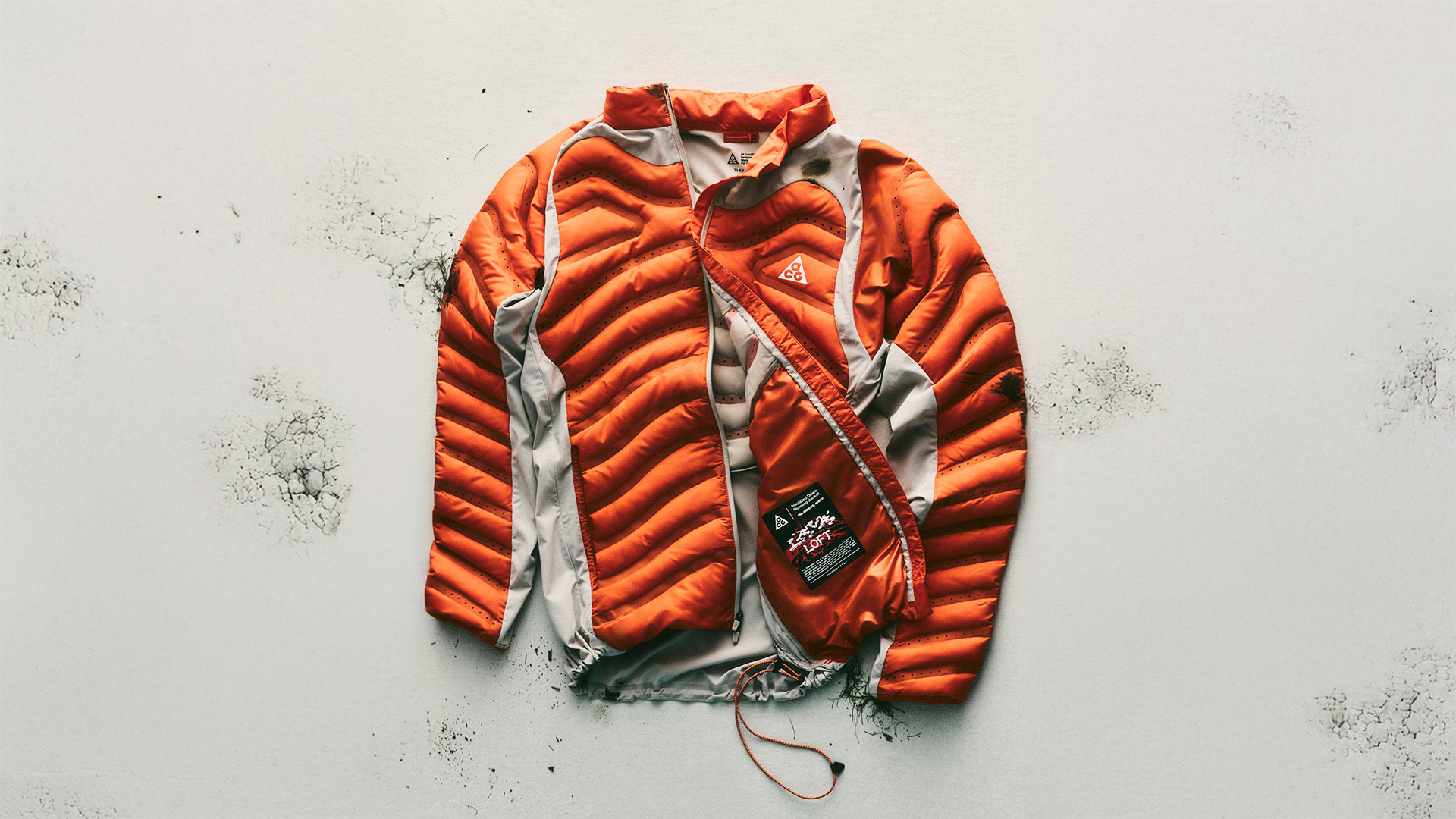Outdoors
The latest Outdoors breaking news, comment, reviews and features from the experts at T3
Explore Outdoors
-
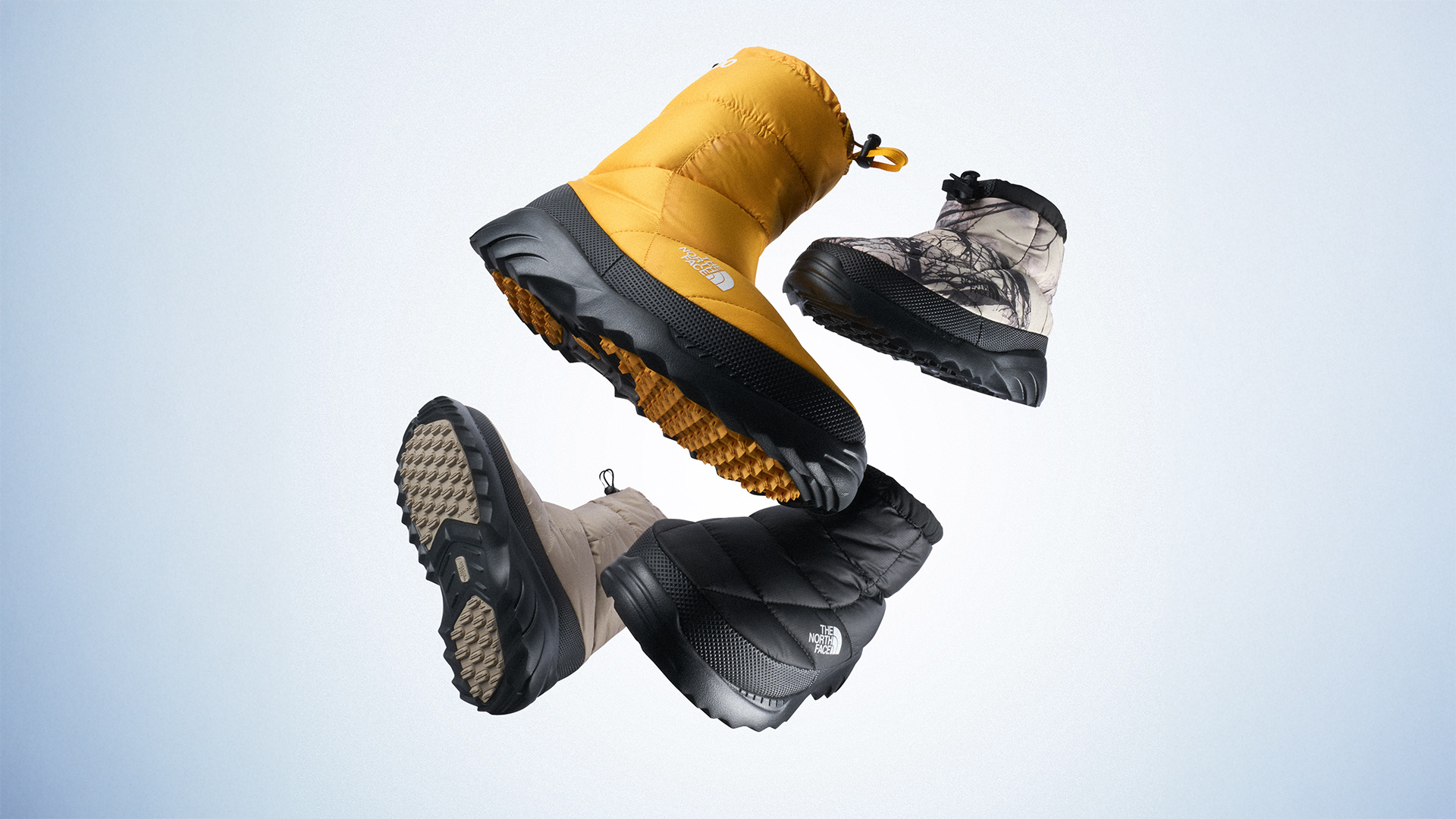
The North Face’s new Basecamp range looks like a Nuptse jacket for your feet
Down-inspired warmth meets expedition-ready toughness
By Matt Kollat Published
-
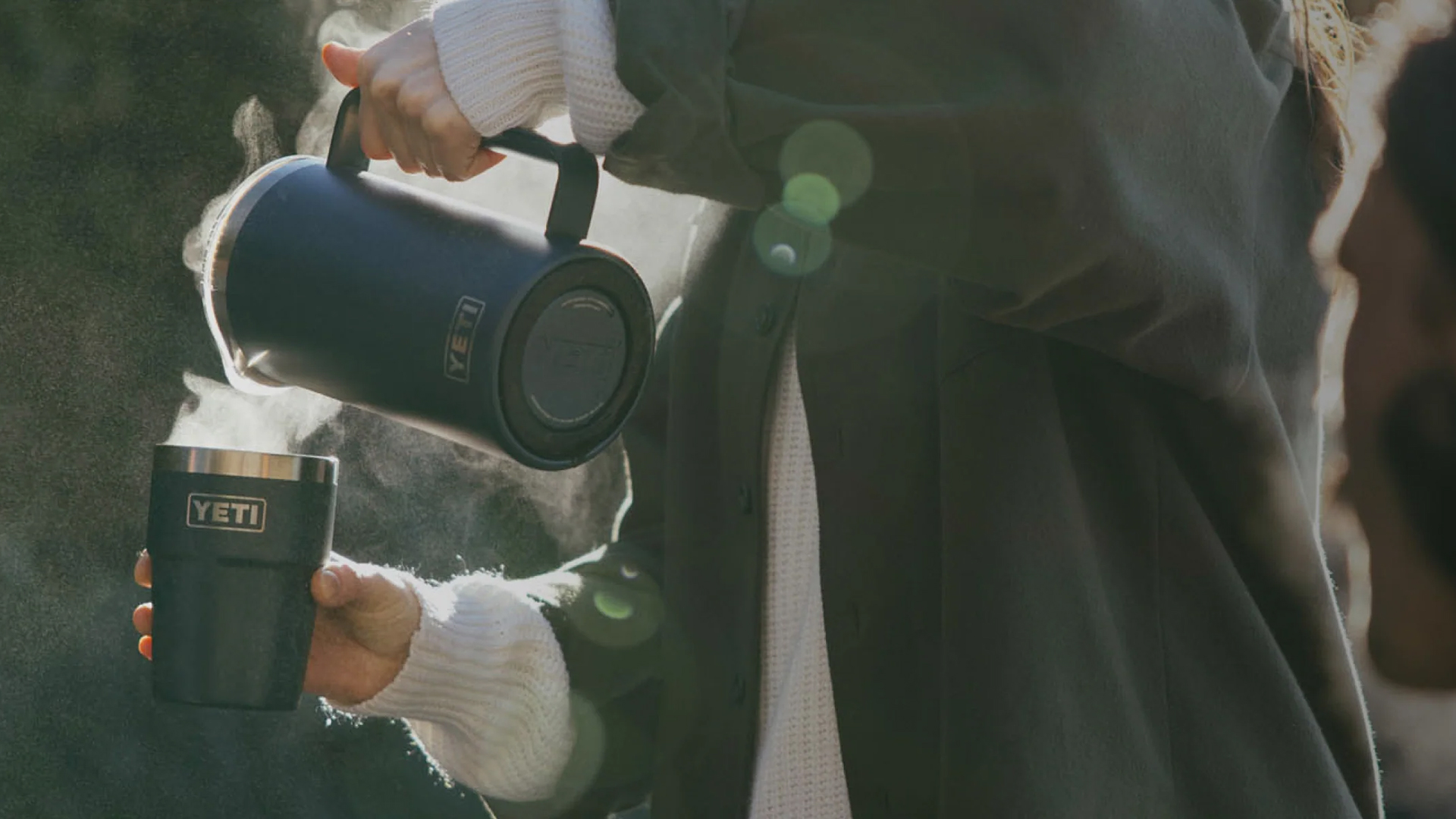
YETI says its $38 million gamble will hit the market in 2025, but it's running out of time
YETI promised a massive year of product launches, but with 2025 nearly over, its highly anticipated Shaker Bottle is still MIA
By Matt Kollat Published
-
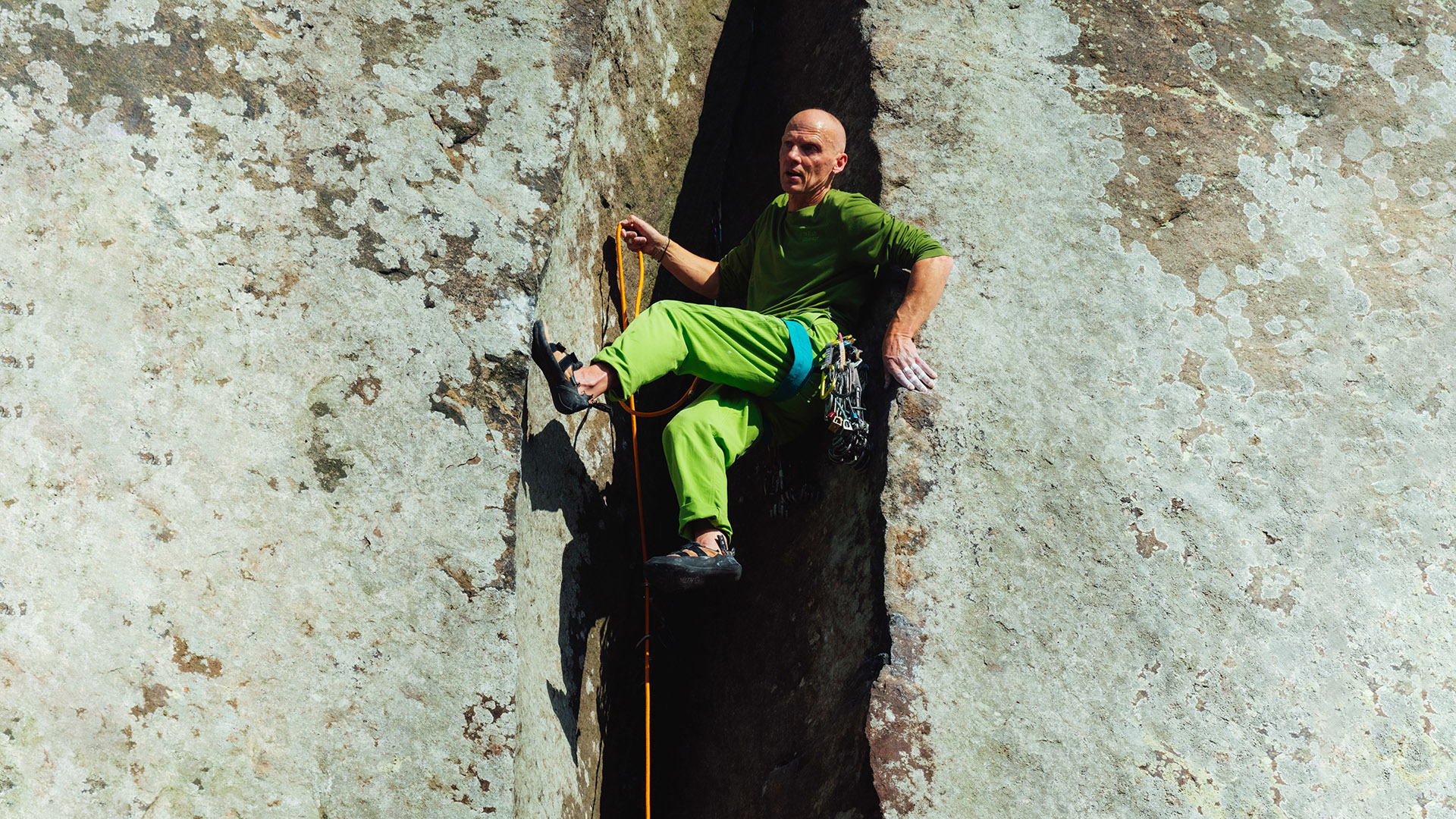
Rab joins forces with Gramicci for a climbing collab steeped in 1980s counterculture
British mountain gear meets Californian climbing cool in a limited-edition collab celebrating the golden age of climbing
By Matt Kollat Published
-
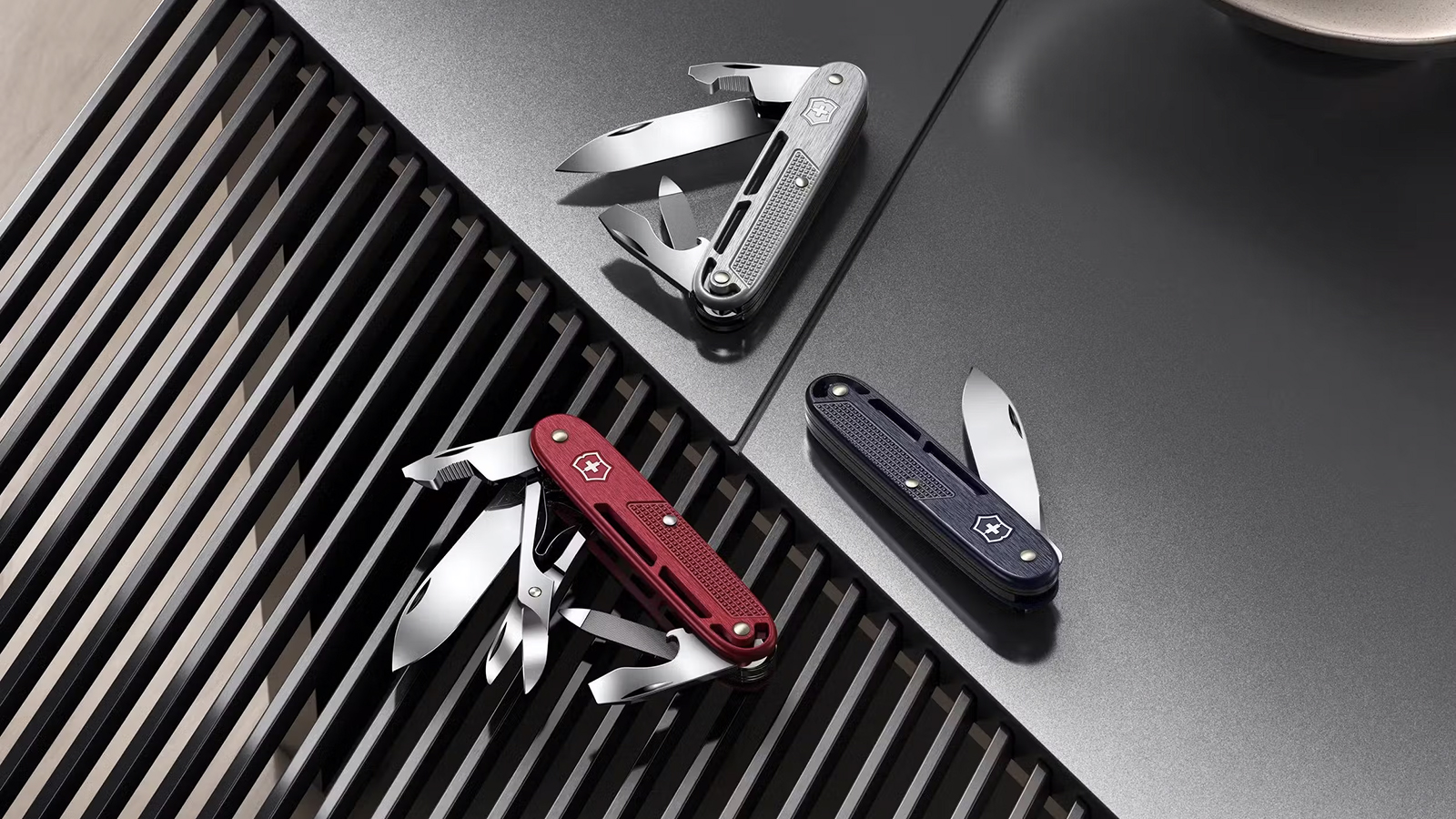
Victorinox just reinvented the Swiss Army Knife for the everyday carry generation
The Alox Refined range introduces locking blades, pocket clips and skeletonised scales to Victorinox’s iconic design
By Matt Kollat Published
-
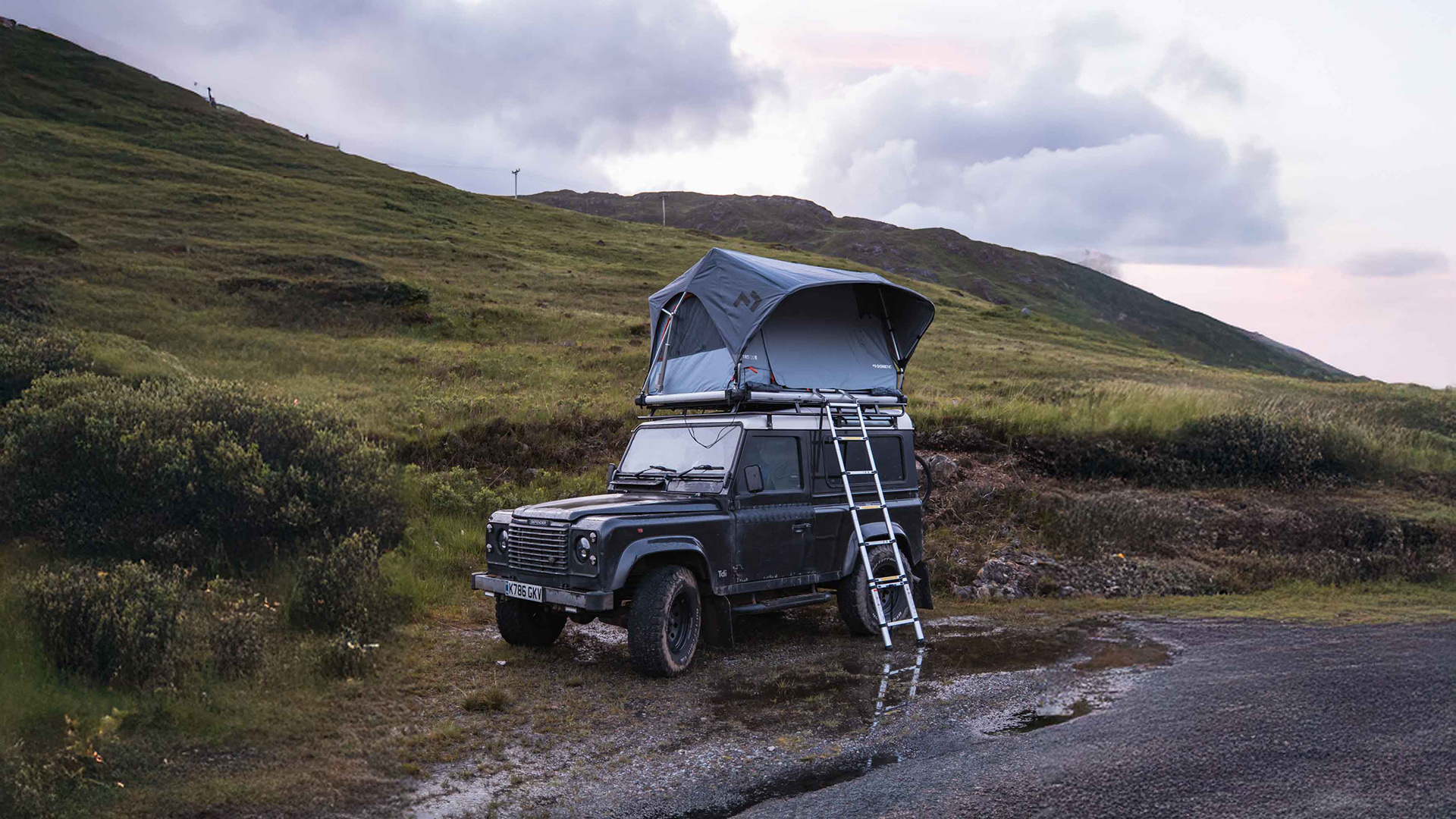
Dometic TRT 120E review: Rooftop luxury that pops up at the push of a button
Electric convenience meets rugged durability in Dometic's techy rooftop tent
By Matt Buckley Last updated
-
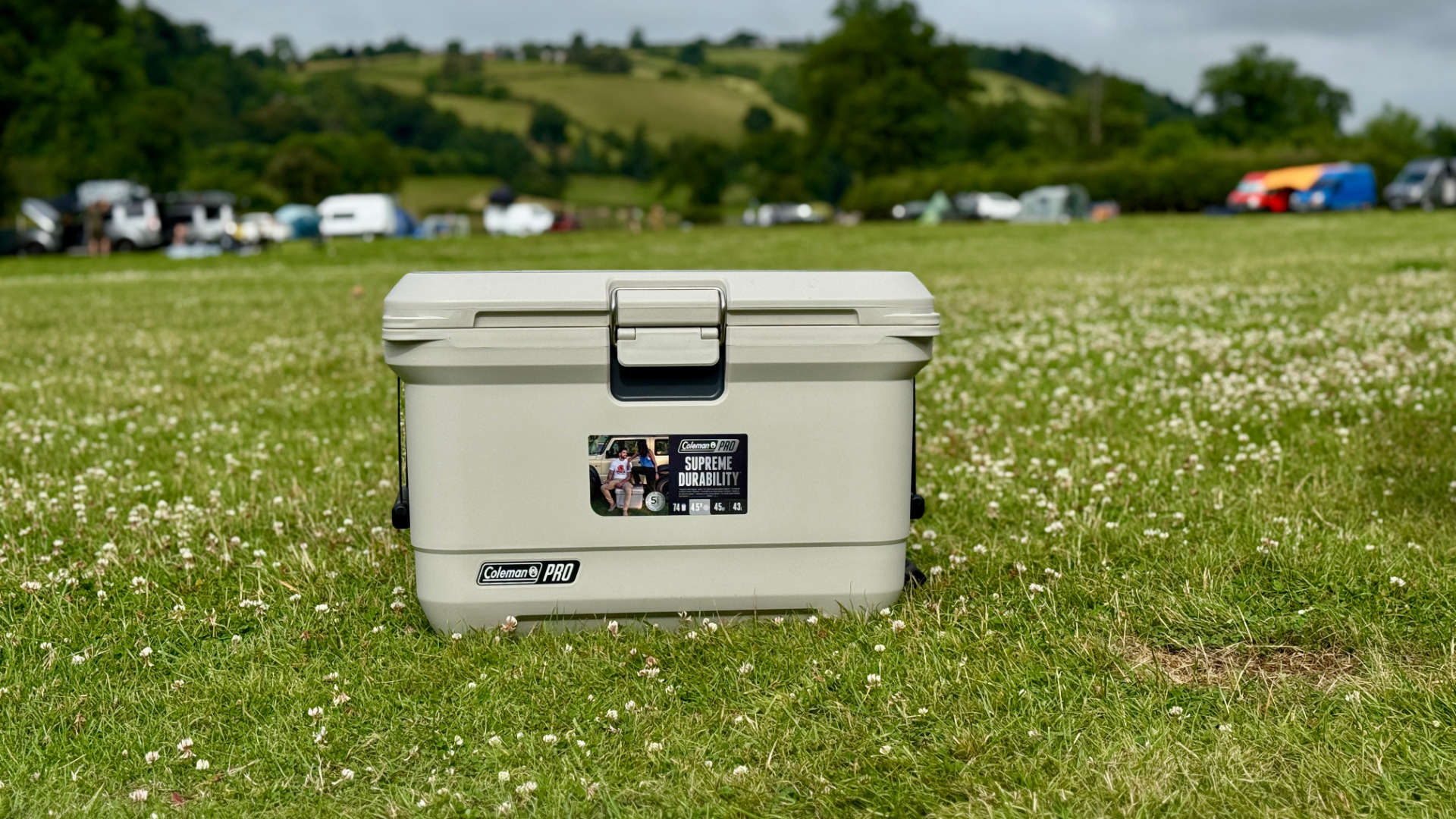
Coleman Pro 45 QT Cooler Box review: serious cooling power for camping and beach parties
An impressive high-performance cooler that goes the distance
By Derek Adams Last updated
-
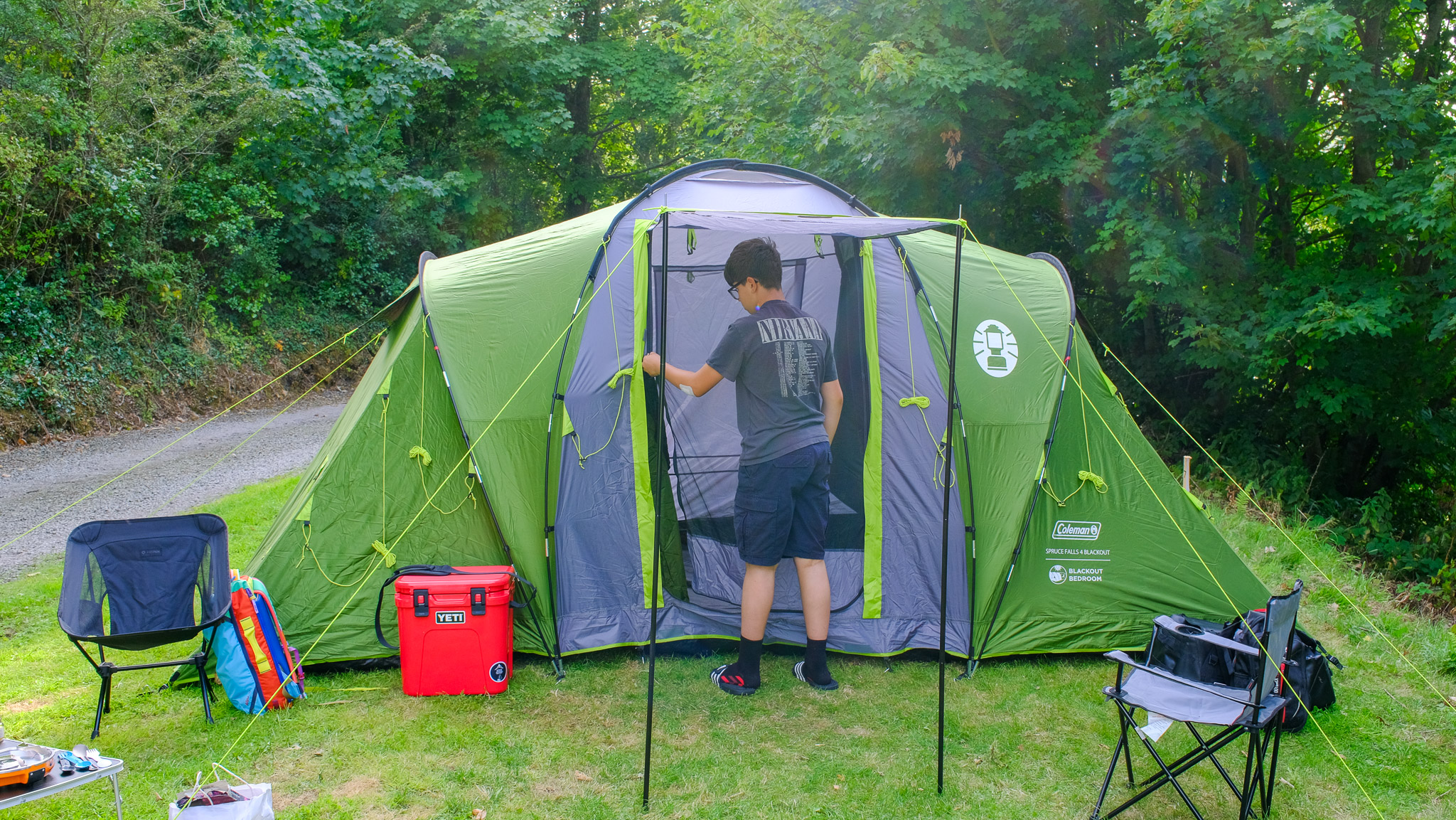
Coleman Spruce Falls 4 BlackOut Tent review: blackout bedrooms, big living space, some flaws
From darkened bedrooms to awkward skylight covers, here’s how Coleman’s Spruce Falls 4 held up on a week of camping
By Matt Kollat Last updated
-
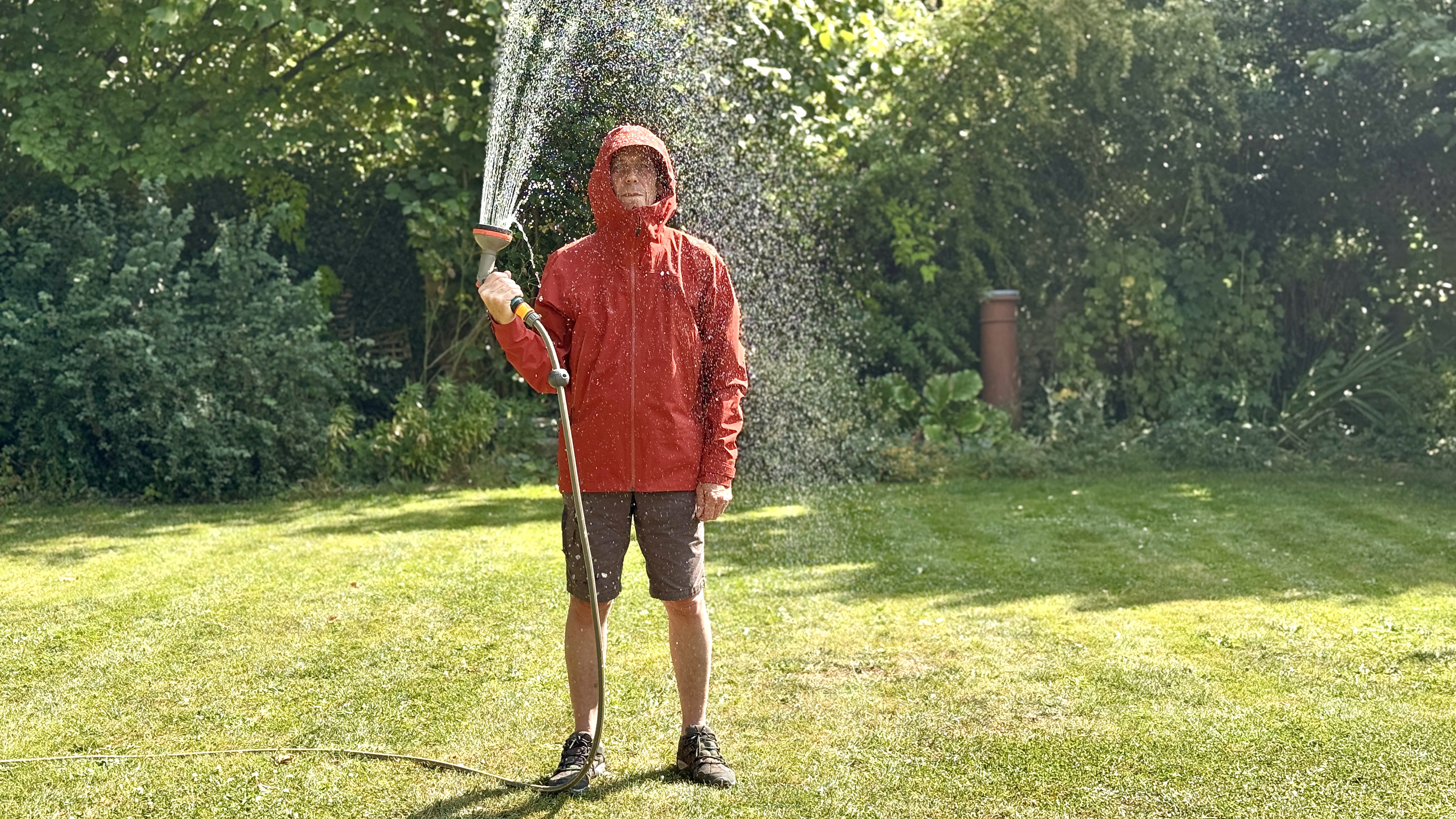
Rab Firewall Light Waterproof Jacket review: this Proflex shell outperforms GORE-TEX
The rainproof Rab Firewall Light is just the ticket for all your two-season adventures
By Derek Adams Last updated
-
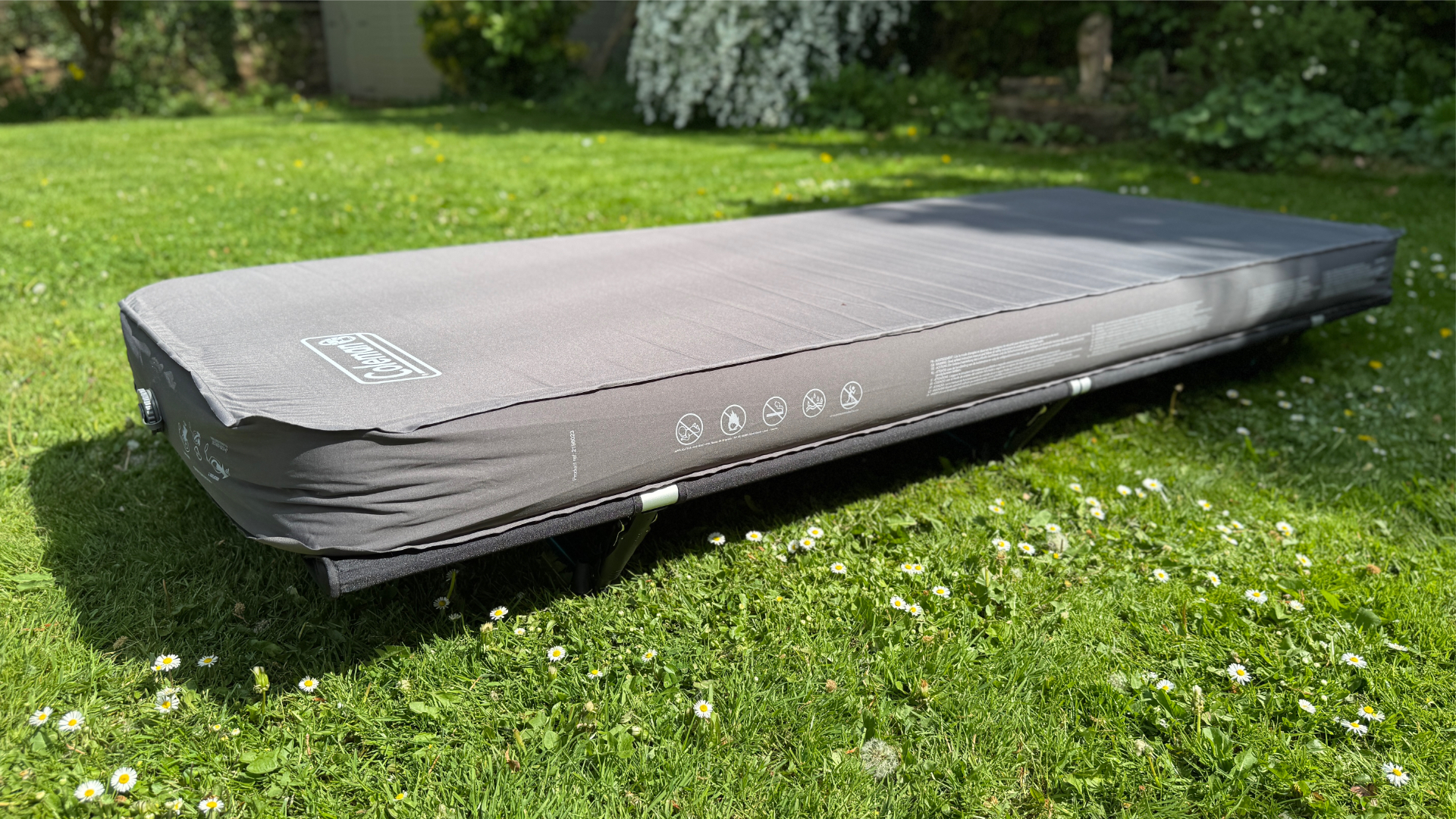
Coleman Supercomfort sleeping mat review: the fastest way to a good night’s sleep in the great outdoors
A self-inflating camp bed that rises to the challenge so you don’t have to
By Derek Adams Last updated
-
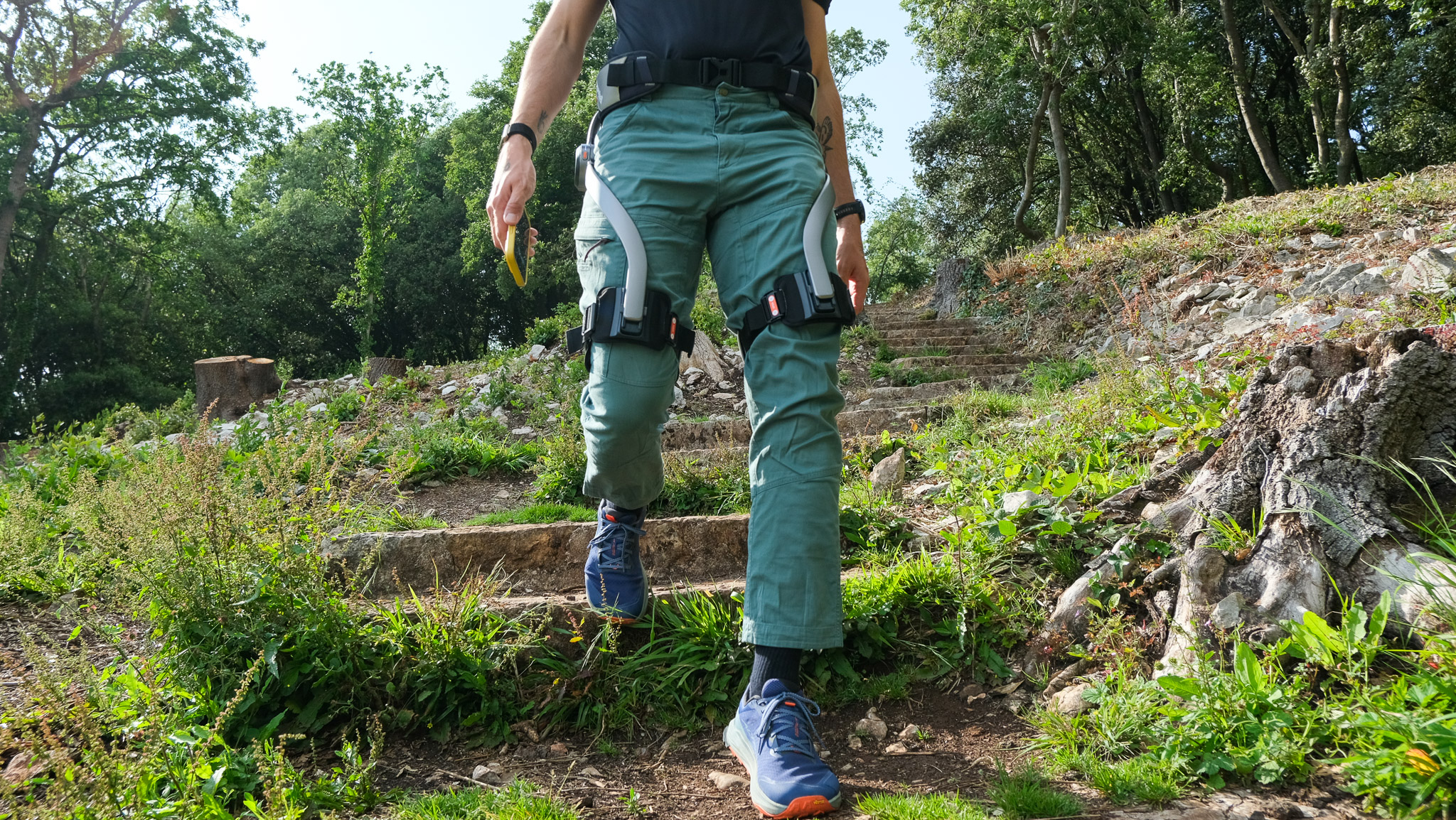
Hypershell X Series Exoskeleton review: AI-powered trail support at 2kg
I tested the Hypershell Pro X exoskeleton, and it’s fun, futuristic, and faintly ridiculous
By Matt Kollat Last updated
-
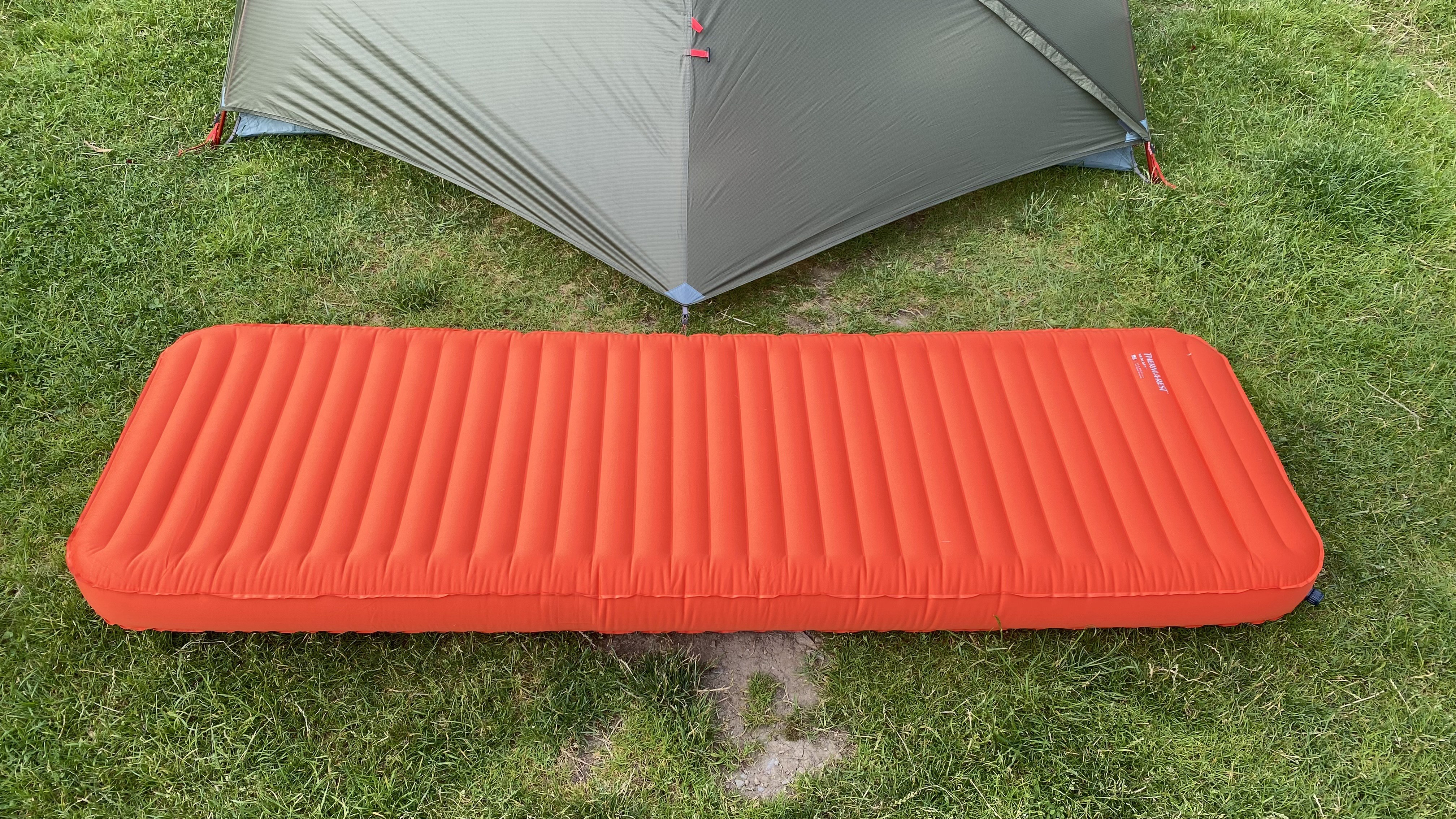
Therm-a-Rest NeoLoft Sleeping Pad review: The backpacking mat that feels like a bed
The NeoLoft serves up home-level comfort for overnight hikers
By Pat Kinsella Last updated
-
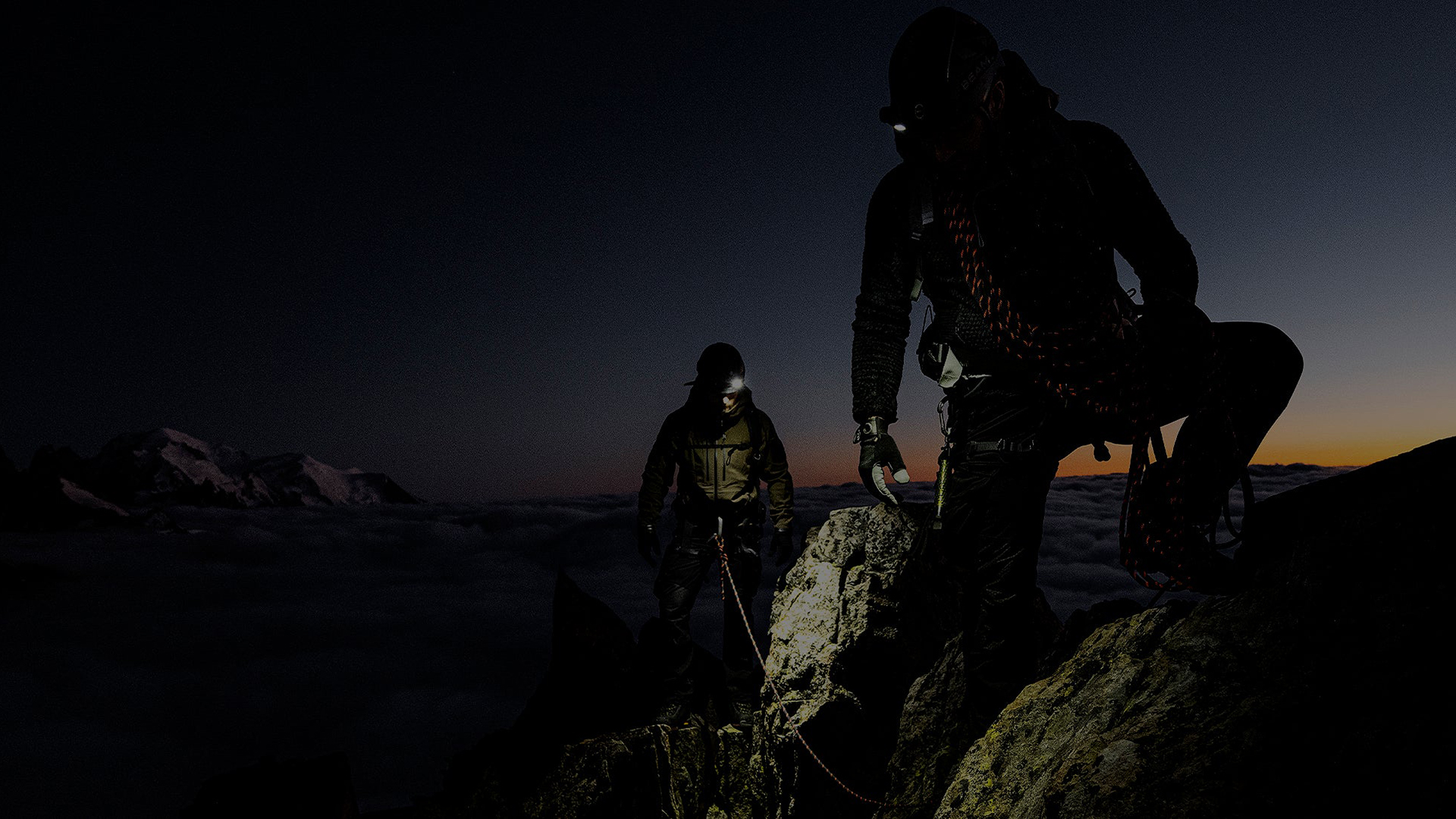
17 apocalypse-ready outdoor gadgets you’ll actually want to use before the world ends
Overbuilt, overpowered and outrageously useful: these outdoor tools prove that survival gear can be seriously fun
By Leon Poultney Published
-
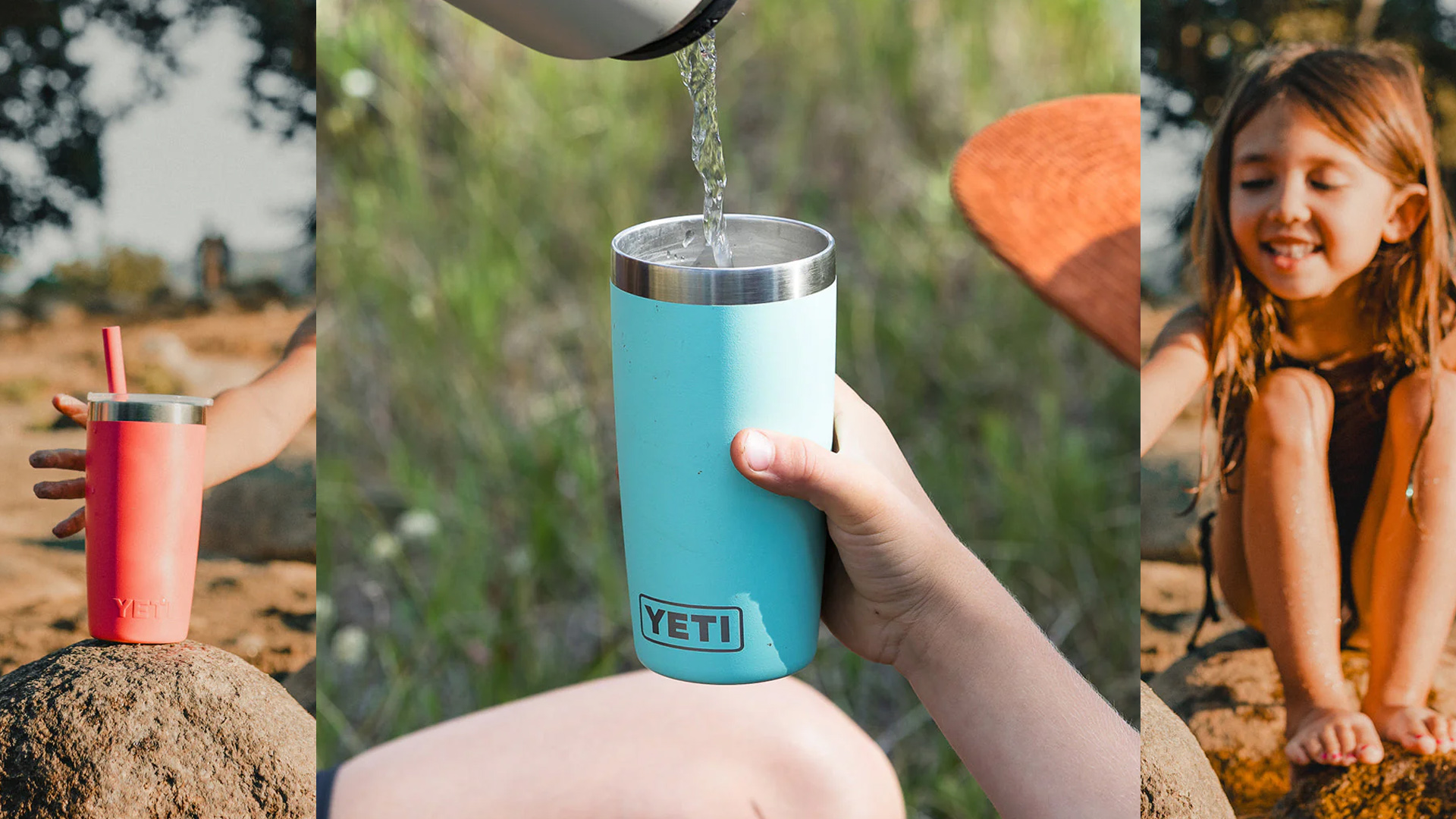
YETI shrinks its toughest tumbler for little adventurers
Now available in the UK, bringing YETI’s legendary toughness to small hands in a bold new colourway
By Matt Kollat Published
-
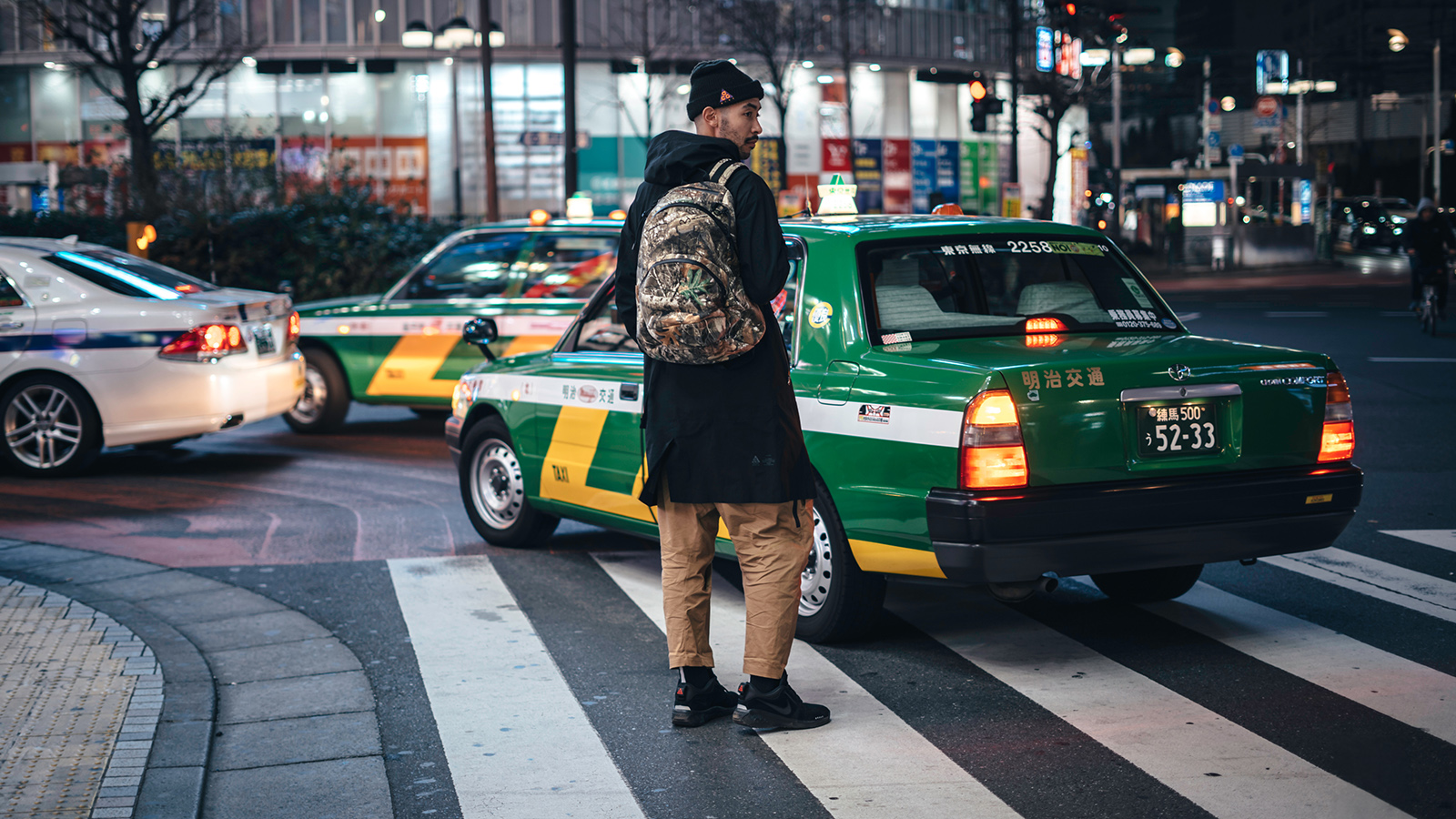
Helinox's new bag line took over a decade to design – and it’s already 35% off ahead of Black Friday
The new TERG range brings years of design experimentation to your daily commute, with a pre-Black Friday twist
By Matt Kollat Published
-
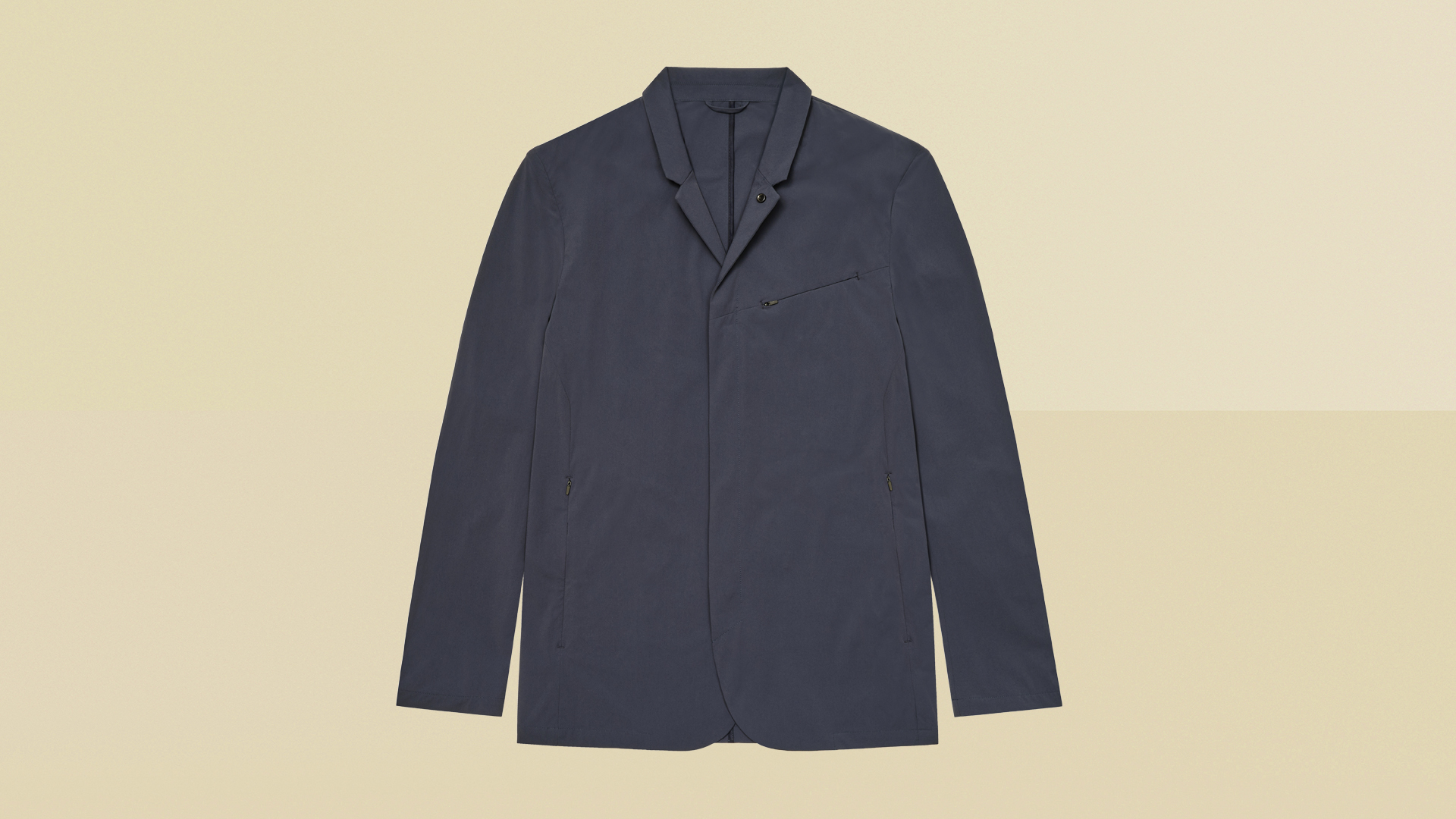
Vollebak just made a “Matrix” suit for real life – and it’s tougher than it looks
The brand that built clothes for Mars now wants to rewire your workwear, fusing military-grade Cordura with sci-fi imagination
By Matt Kollat Published
-
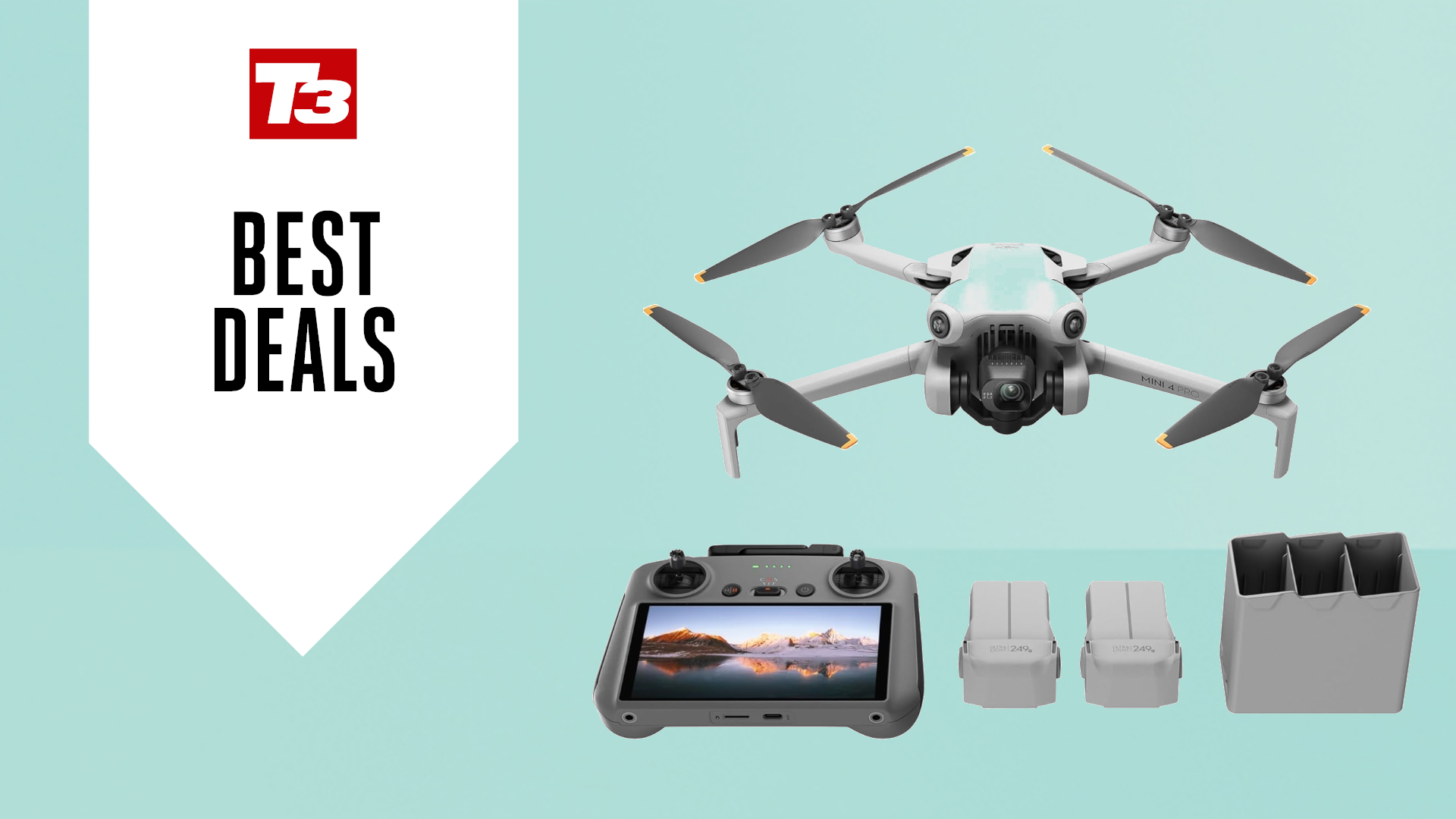
Five-star ultra-light DJI drone is now selling for its cheapest price before Black Friday
Plus, it comes with the best DJI controller and extra accessories
By Bryony Firth-Bernard Published
-
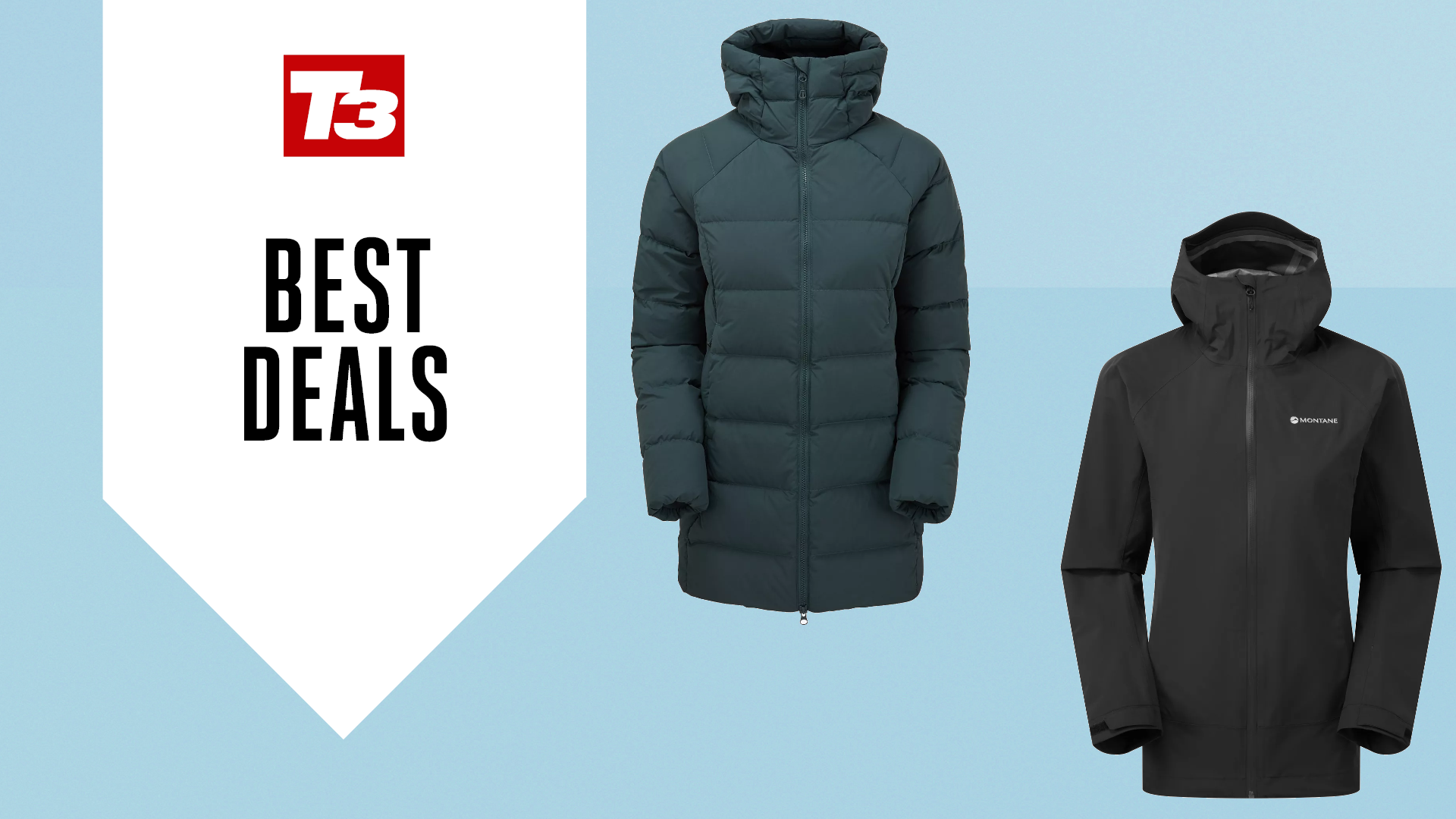
John Lewis' pre-Black Friday up to 50% sale is packed with winter essentials for women
Including Montane, Sweaty Betty and more
By Bryony Firth-Bernard Published
-
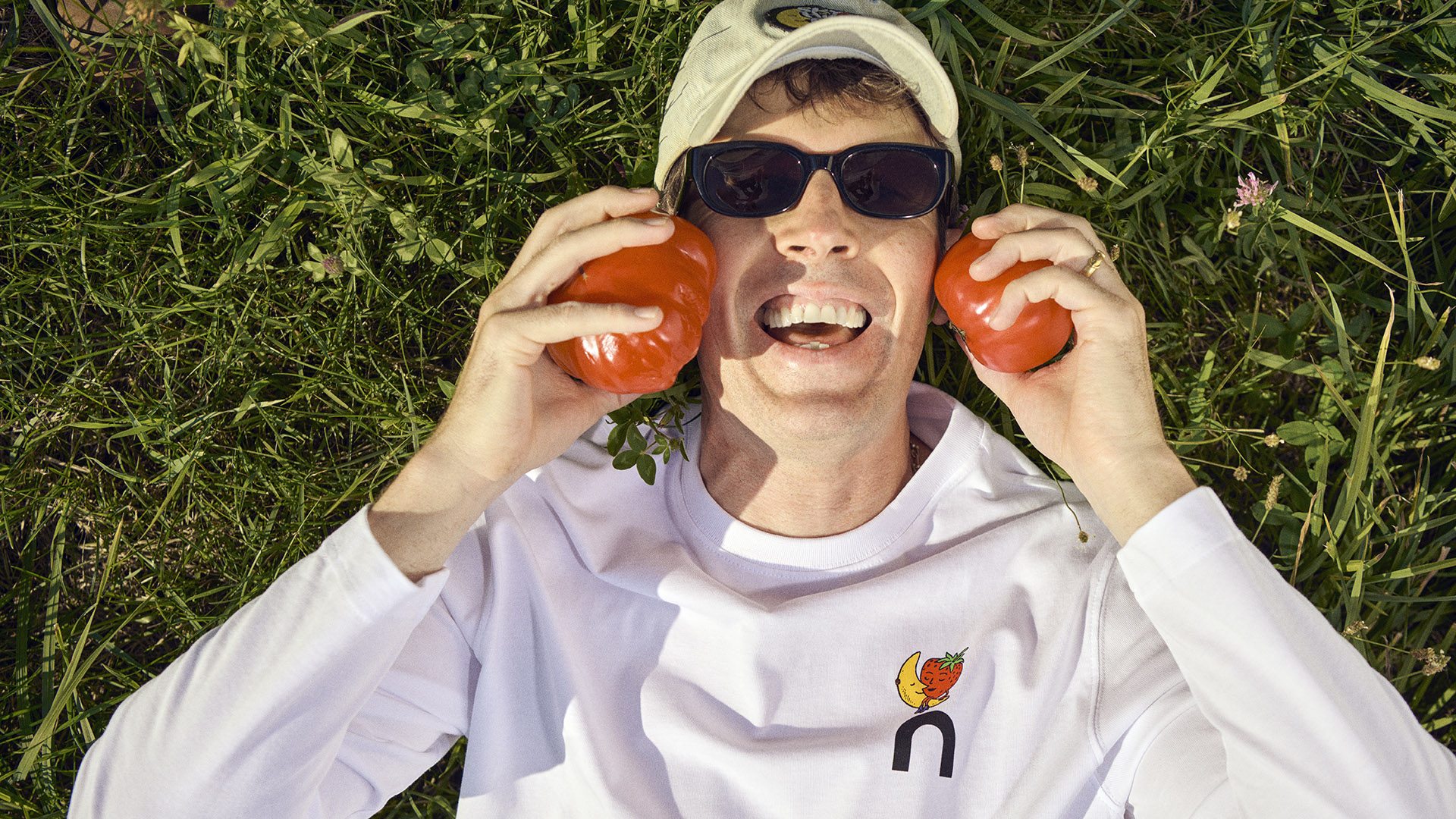
Swiss precision meets New York farm life in On’s new capsule collection
On joins forces with Sky High Farm Goods for a creative capsule that fuses performance design, art, and agriculture
By Matt Kollat Published
-
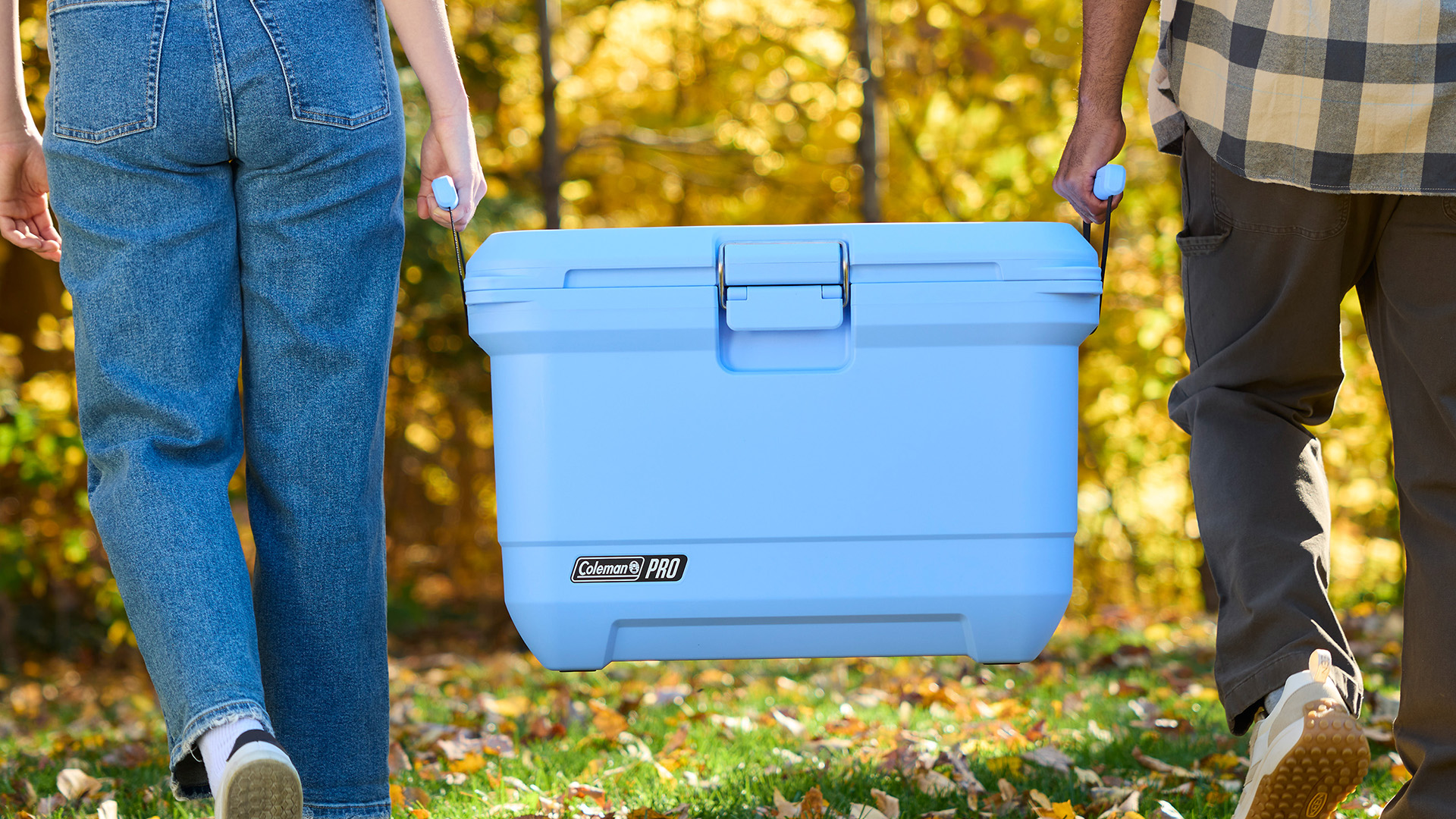
Best cool box for camping 2025: keep your food and drinks cool and fresh
Browse the best cool boxes, cool bags and electric coolers for camping, festivals, picnics and balmy days at the beach
By Matt Kollat Last updated
-
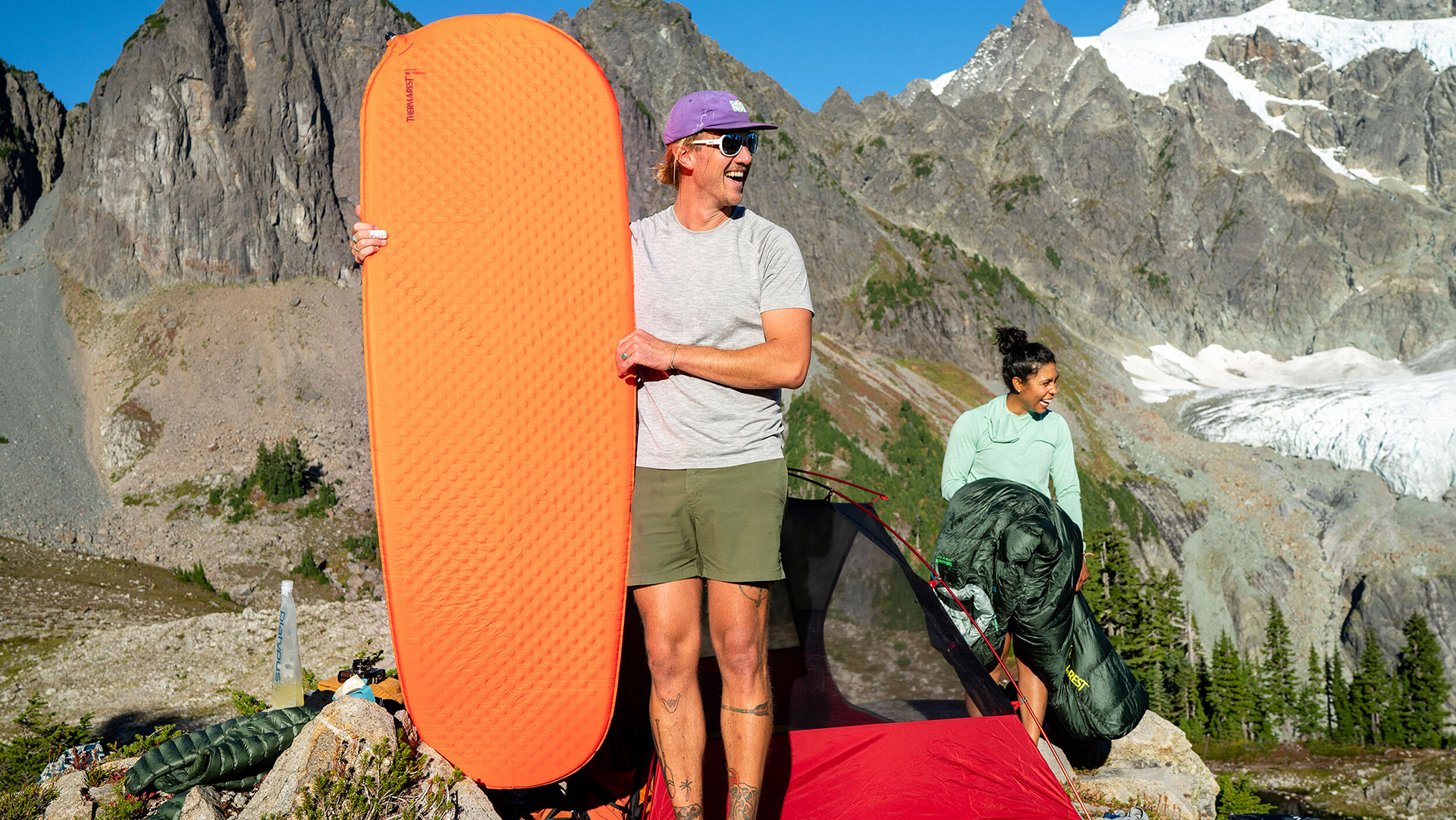
Best camping mat 2025: inflatable and foam sleeping pads ranked
We select the best camping mats for every occasion, from self-inflating pads to cheap and cheerful roll mats
By Matt Kollat Last updated
-
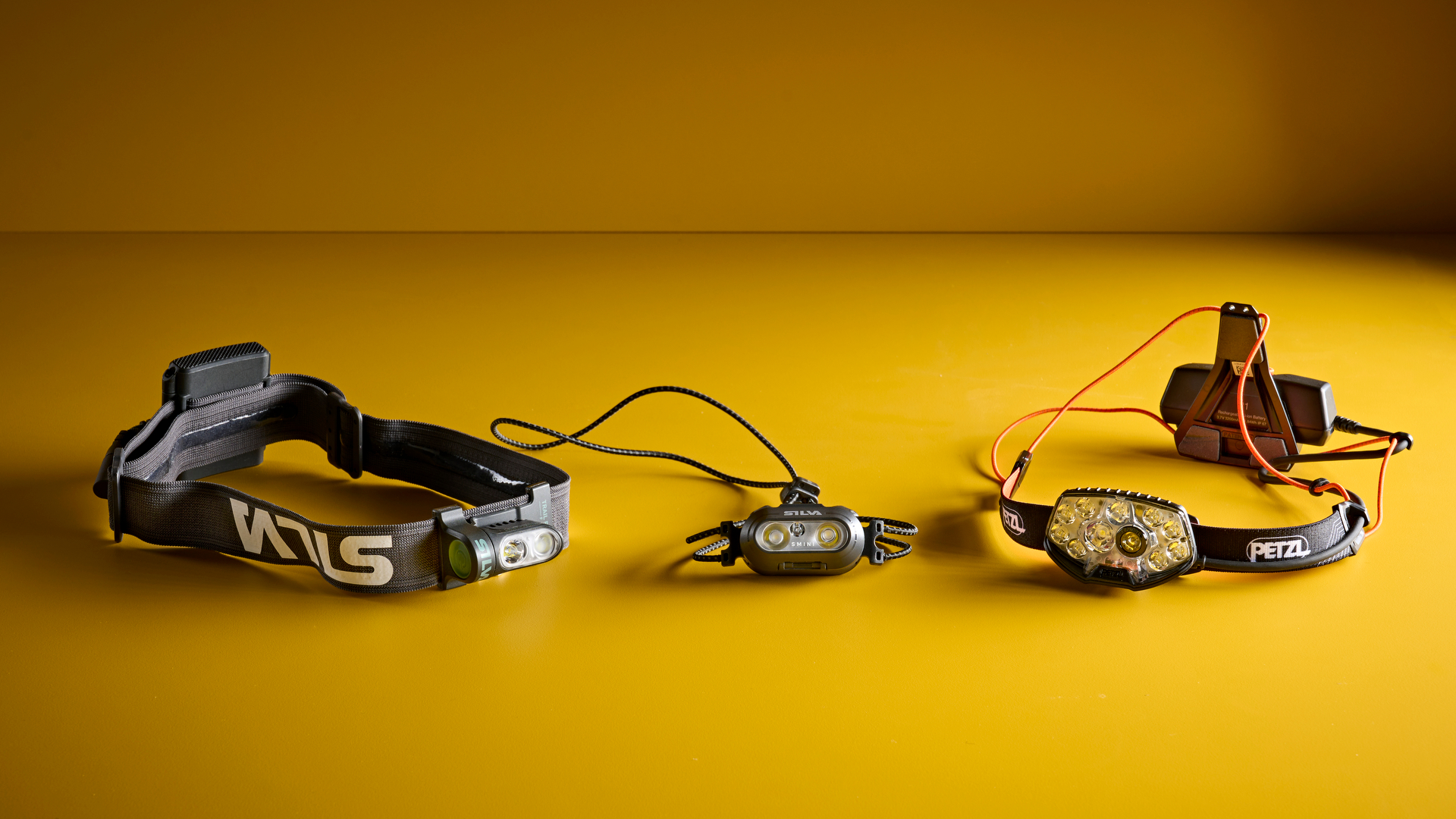
Best head torch 2025: hands-free illumination on the trail
Discover the best head torch for brighter paths when you're hiking, running, camping or exploring in the dark
By Matt Kollat Last updated
-
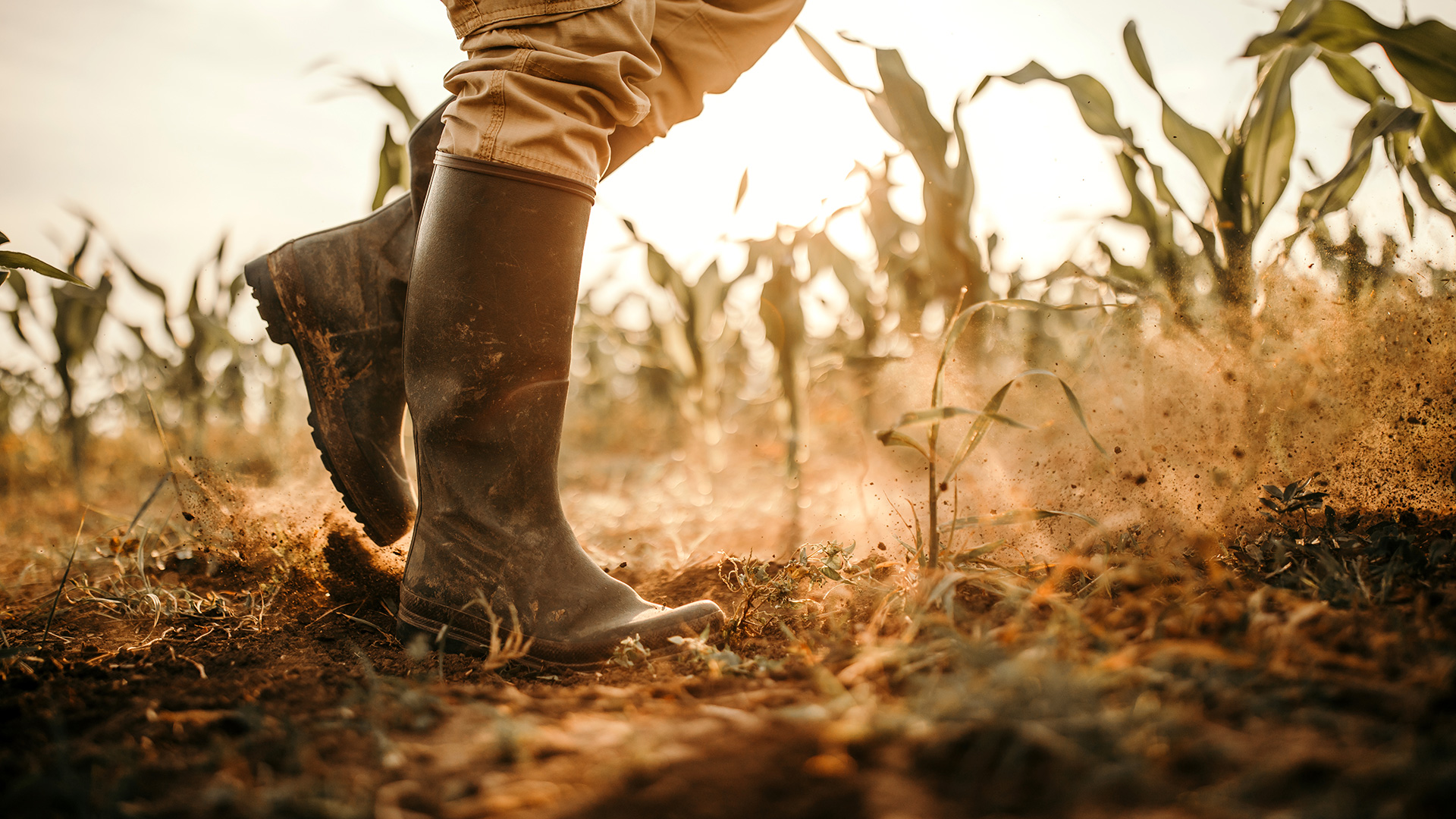
Best wellies for men 2025: waterproof boots for hiking, walking, and festivals
Find the best wellies for protecting your feet in any weather and during all kinds of activities
By Matt Kollat Last updated
-
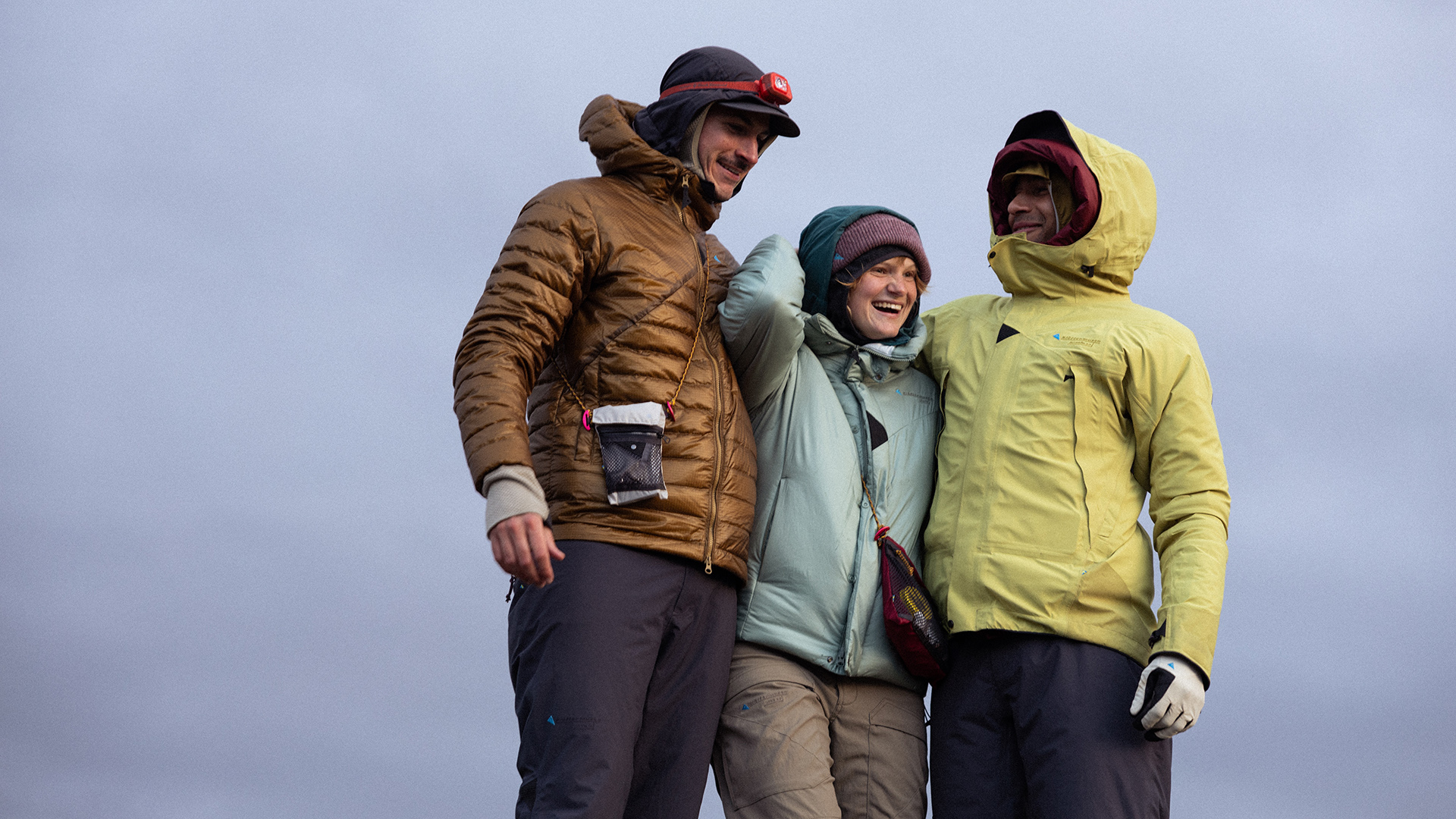
Best waterproof jackets 2025: coats to weather any storm
Waterproof shells to keep you dry, whatever the weather
By Matt Kollat Last updated
-

Best camping bed 2025: sleep soundly anywhere
Sleeping outdoors doesn't have to be uncomfortable – the best camping beds help you enjoy a sound, restful night's sleep
By Matt Kollat Last updated
-
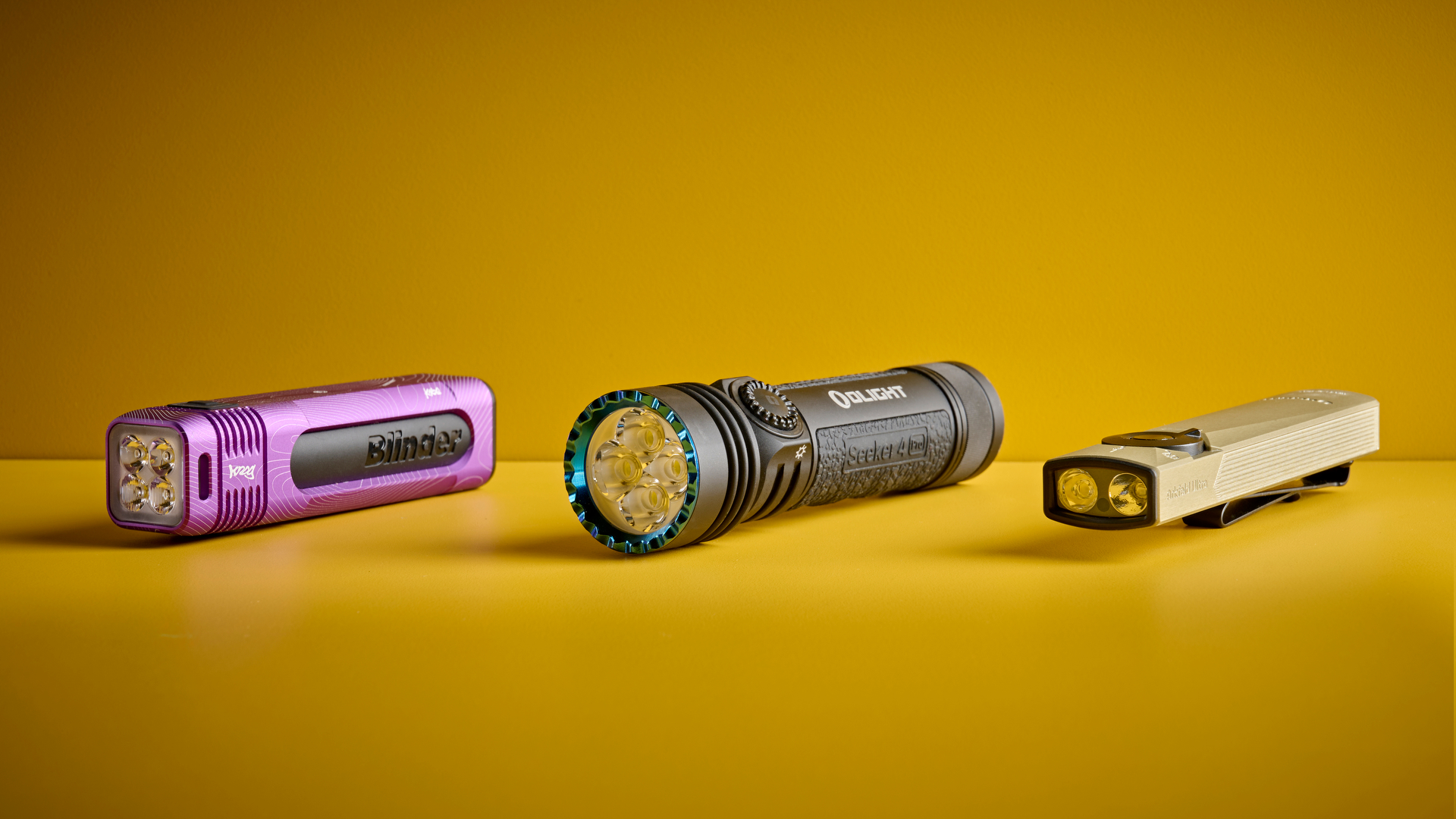
Best torch 2025: illuminate your way through the dark
Get the best torch for camping, night hiking, walking the dog or finding your way in a power cut
By Matt Kollat Last updated
-
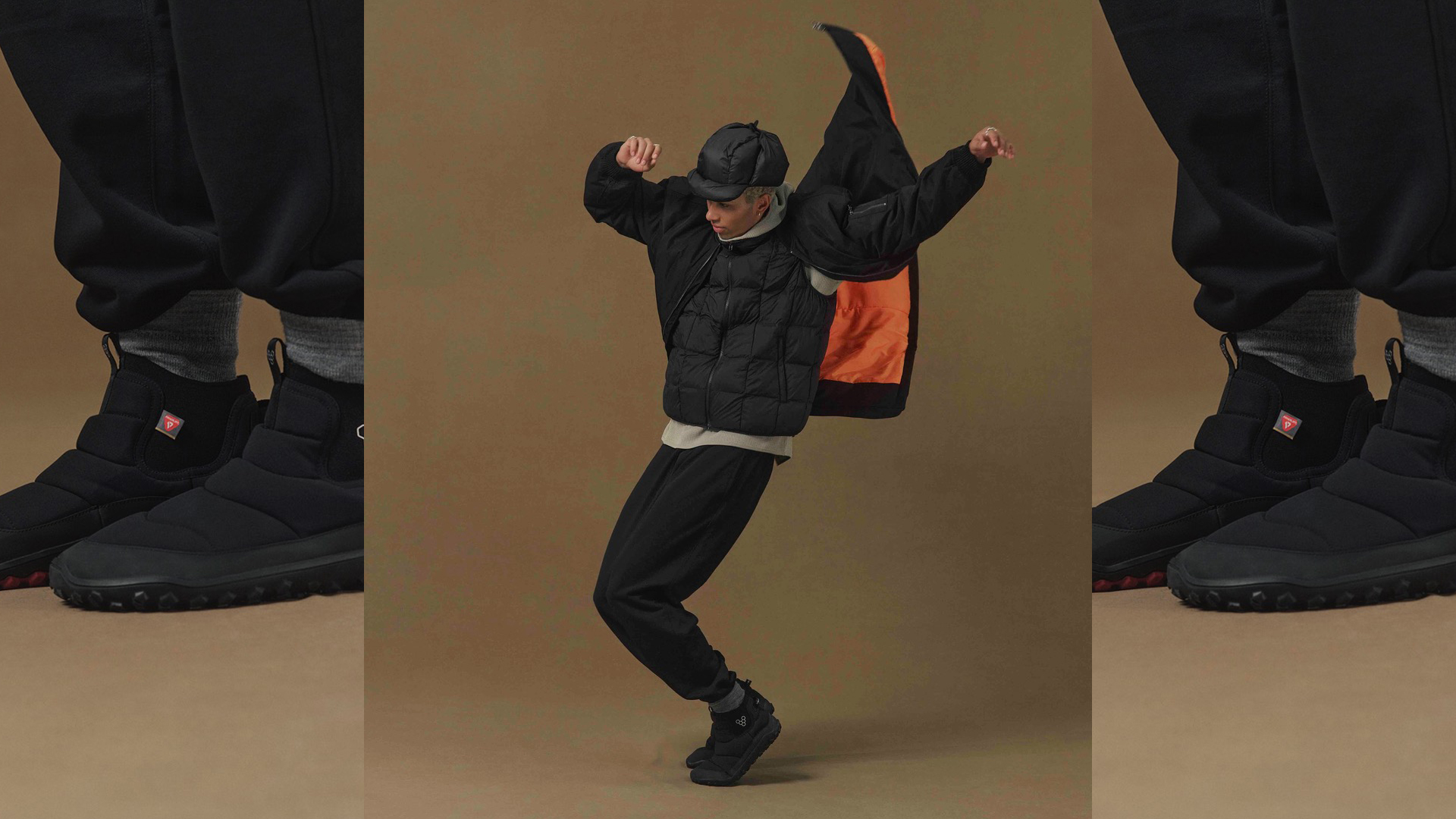
Vivobarefoot brings barefoot freedom to frozen pavements with the Explorer Mid
These insulated barefoot boots make city winters surprisingly comfortable
By Matt Kollat Published
-
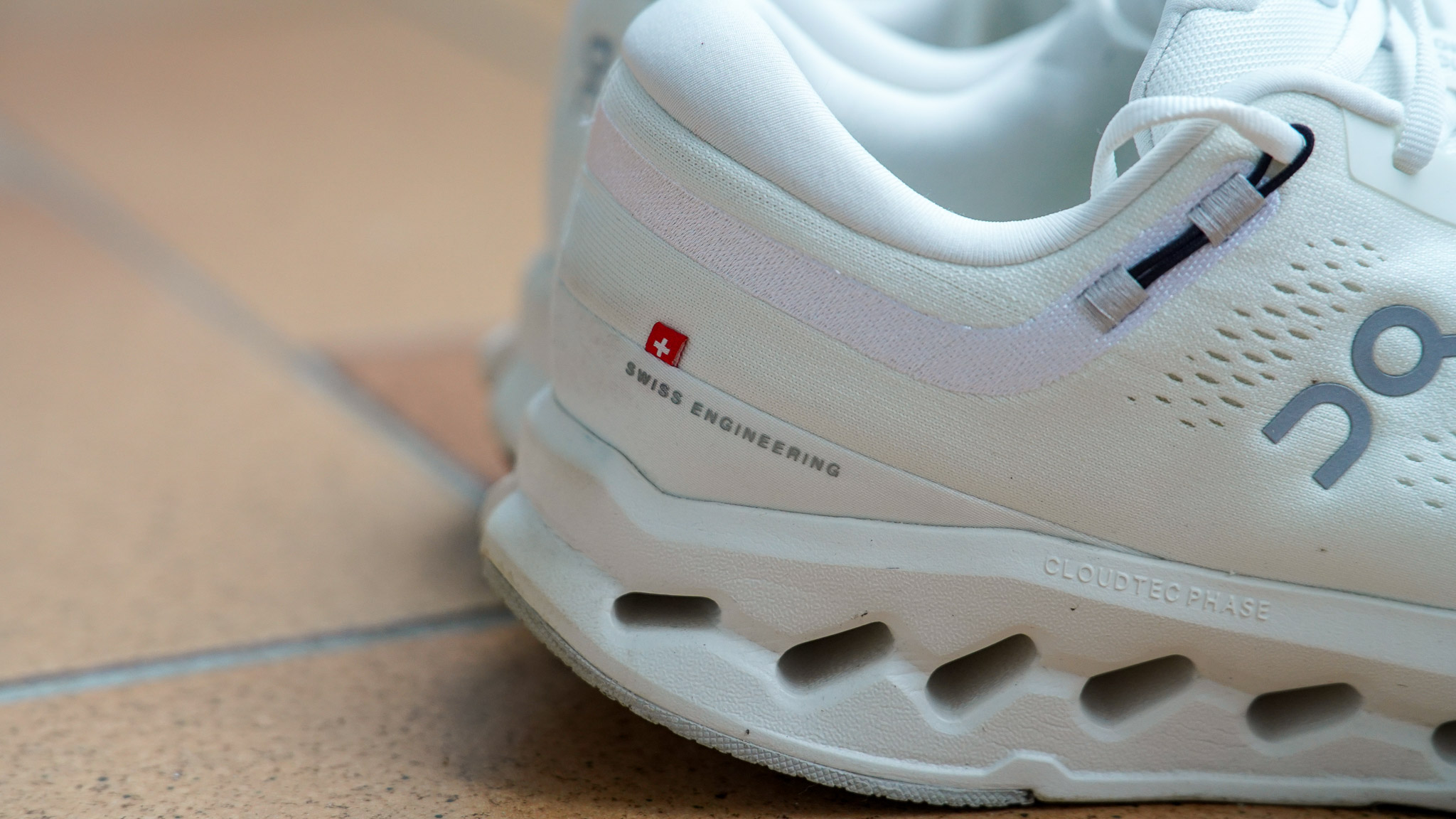
On’s getting sued for its squeaking shoes – just as my Cloudsurfer 2 started making noise
Swiss design, style and comfort are On’s hallmarks, but not everyone loves the sound that comes with them
By Matt Kollat Published
-
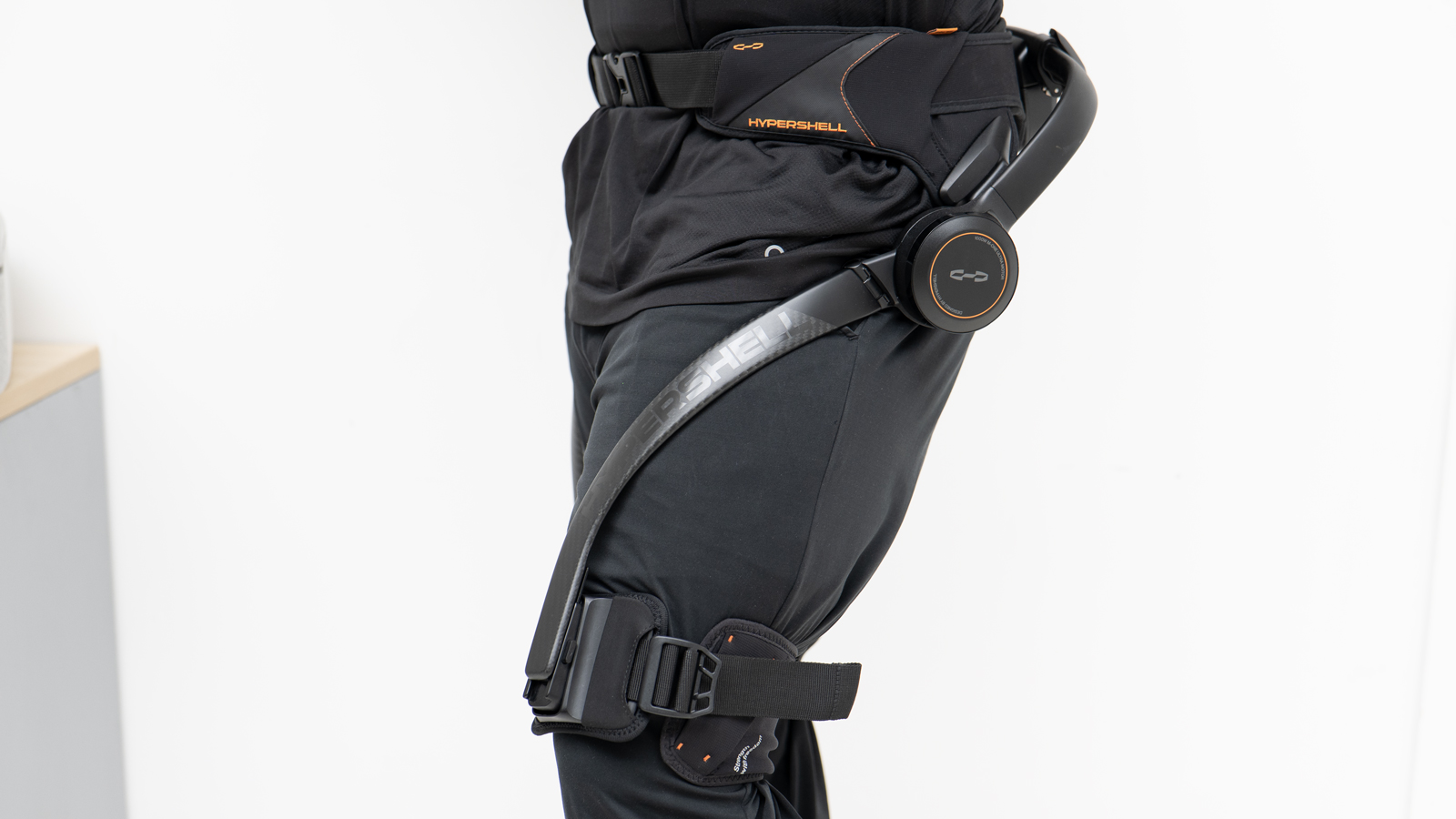
Hypershell X Ultra review: the bionic exoskeleton redefining outdoor endurance
Is this bionic endurance aid that encourages average people to double their range and redefine their limits?
By Jon Devo Published
-
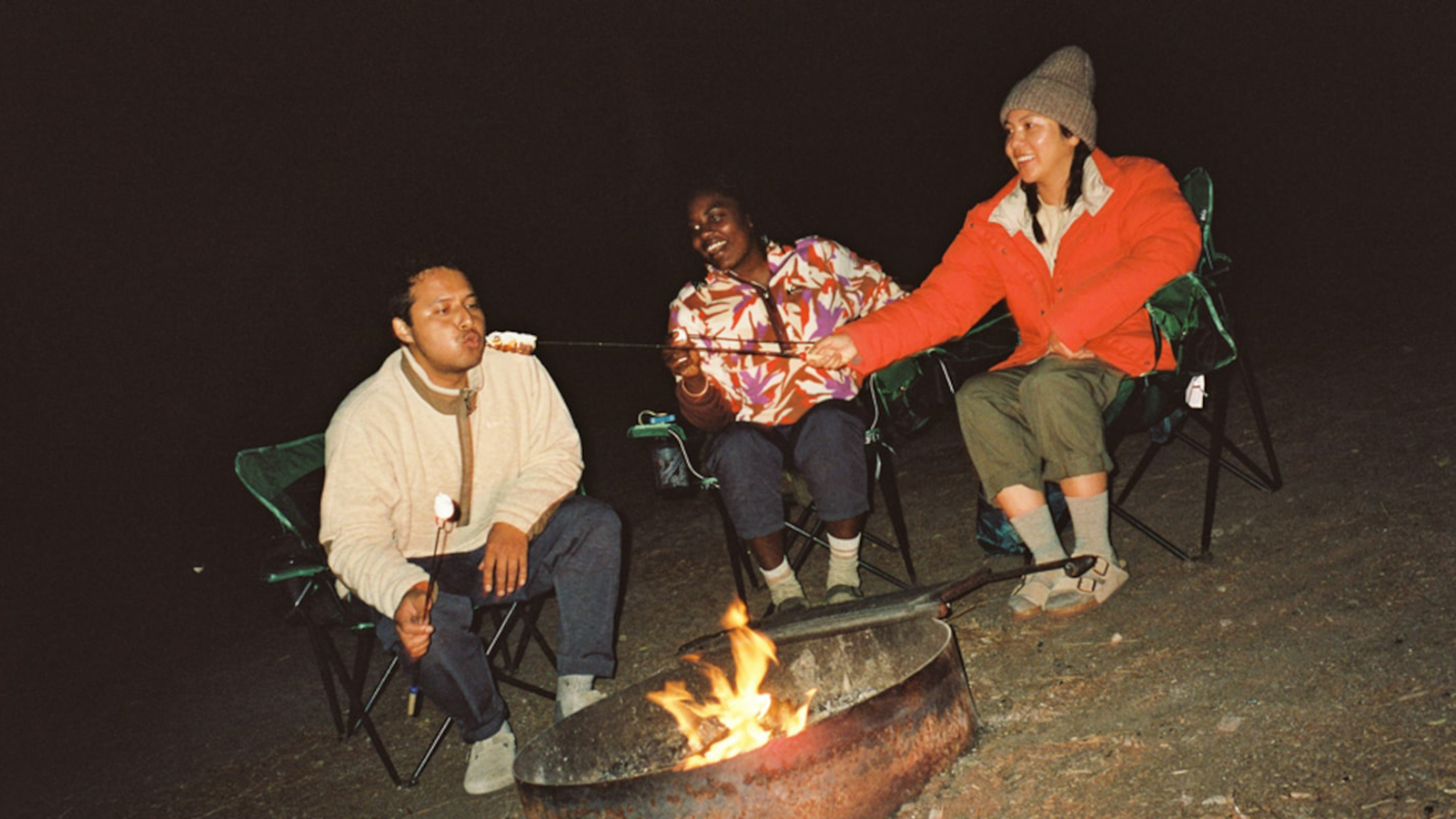
REI’s new Campwell Collection nails the ‘everyday outdoors’ look for fall 2025
The new line from REI Co-op bridges city living and trail time with cosy, durable layers built for life in between
By Matt Kollat Published
